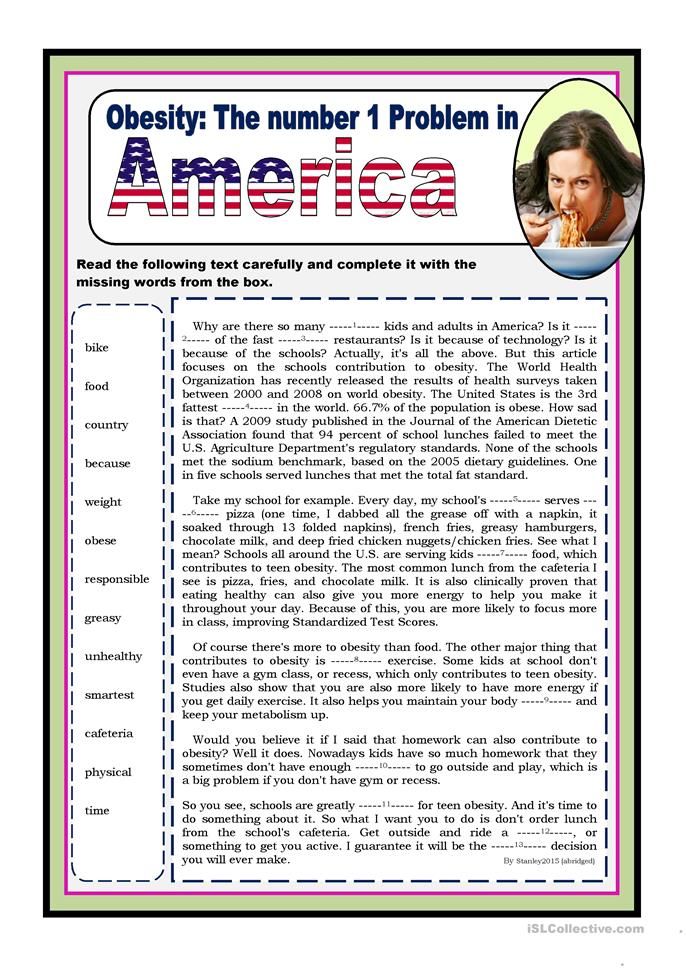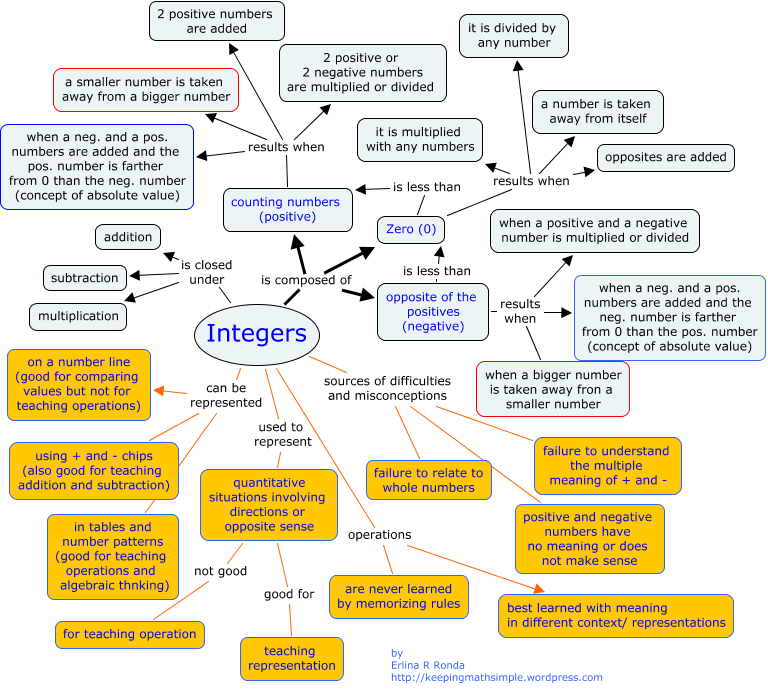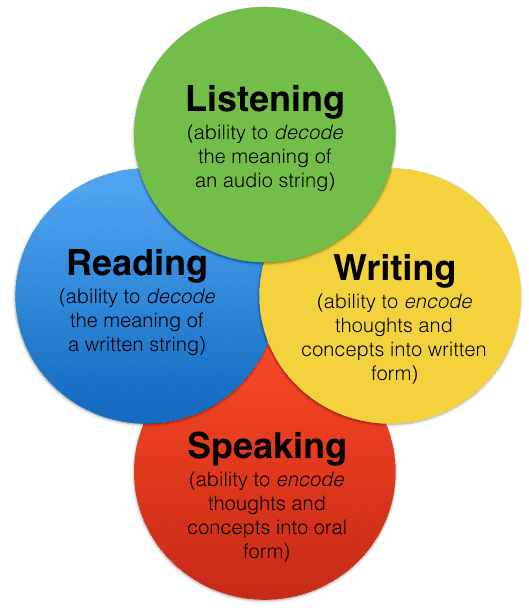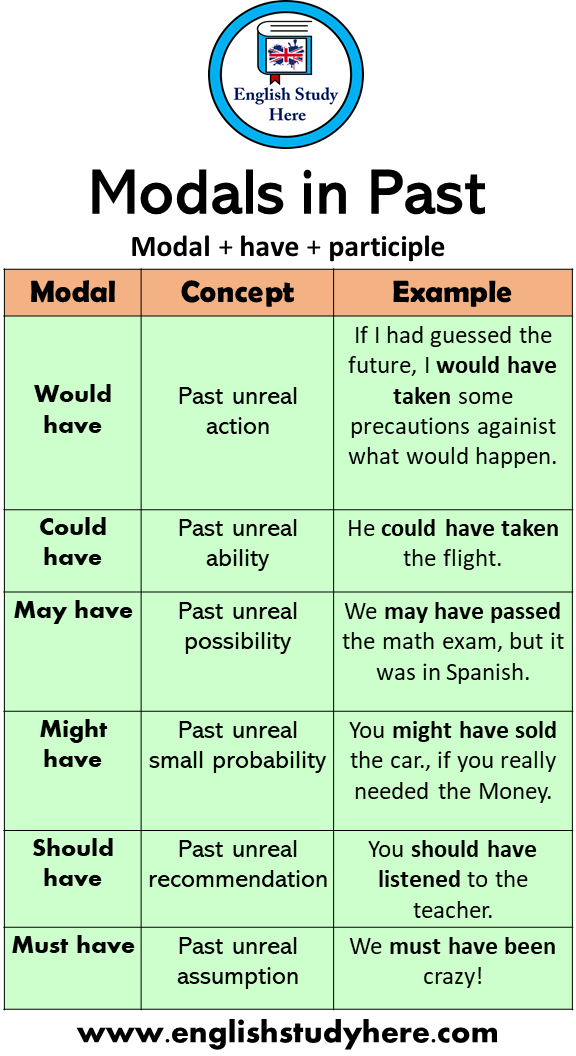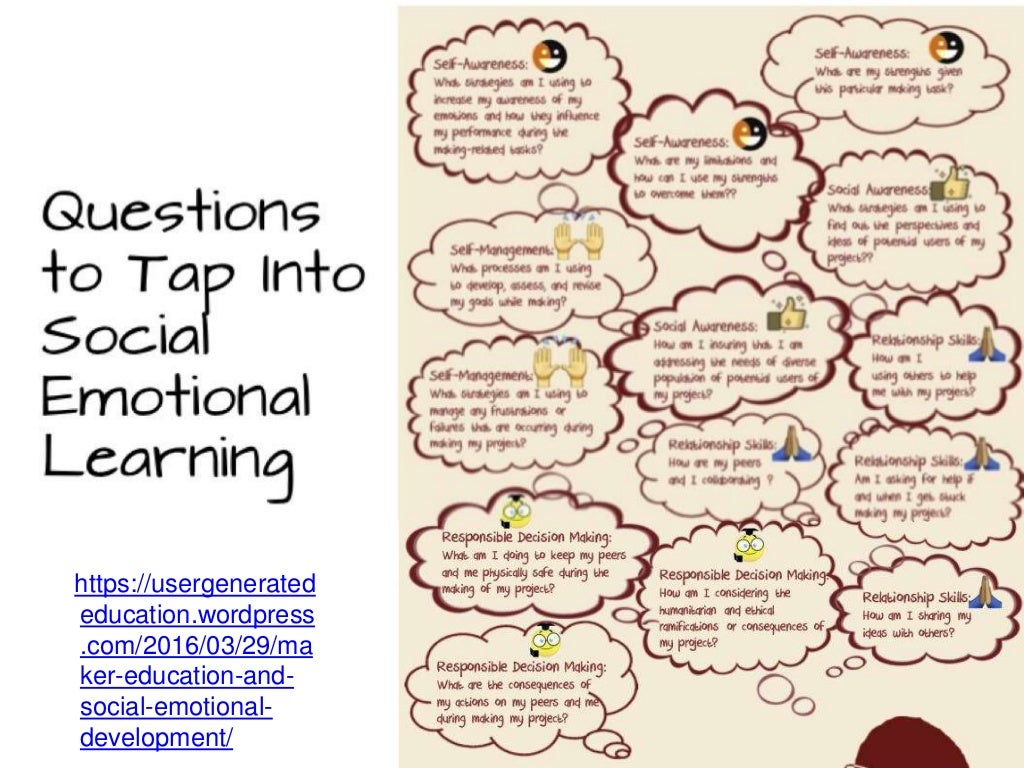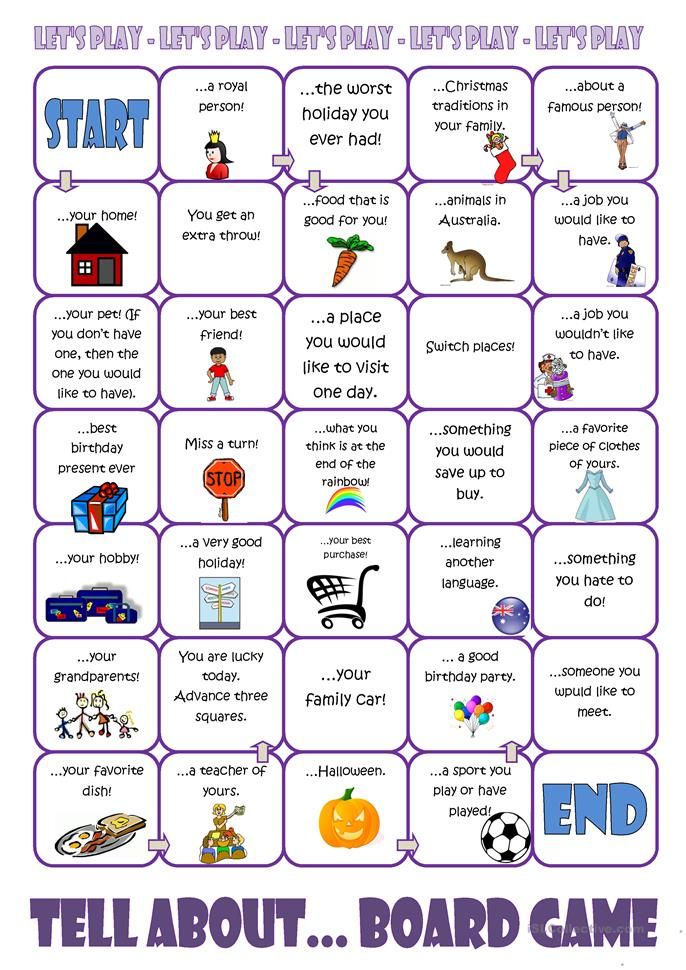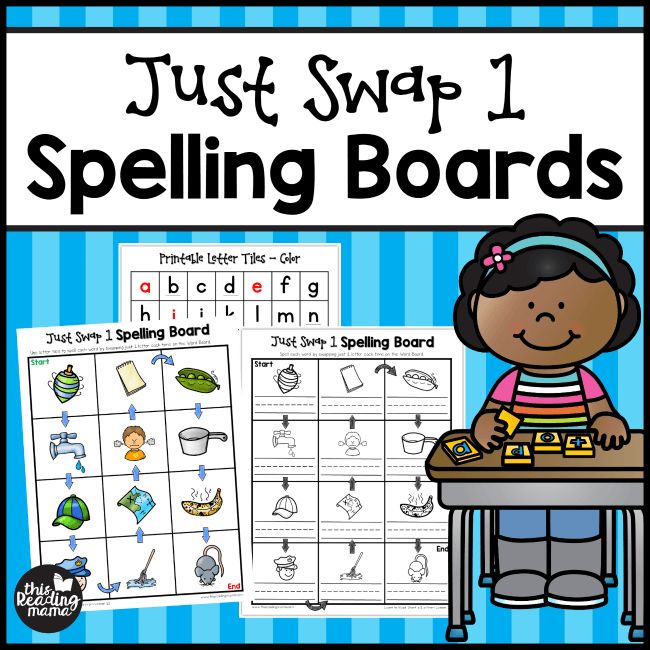Fun ways to end a letter
Normal, Funny, Unique, and Loving ways to end your letters, notes, e-mails, conversations, tweets, posts….
I love lists…..
Normal:
Best/Warm wishes,
Confidently yours,
Kind regards,
Respectfully Yours,
With anticipation,
Hugs,
Kinds Thoughts,
Wishing you the best,
Write soon,
Your Friend,
Be good,
Be well,
Until next time,
Take care,
Take it easy,
Smiles,
Have a nice day,
Thanks:
Many Thanks,
Your the best,
In Gratitude,
Thanks a Million (1,000,000)
Thankley Dankley
With Heartfelt Thanks,
Funny:
Peace, love and pogo sticks (or whatever else…peace, love and bouncy balls),
I am, Sir, your most humble and obedient servant,
Thy humble servant,
Smell ya later,
May I always live to serve you and your crown,
Love, Peace, and Chicken Grease,
Did you fart?,
May the seed of your loin be fruitful in the belly of your woman,
Later Vader,
This message will self destruct in 10 seconds,
Take Care, Comb your hair,
May the gods guard your well being,
Cheers Big Ears,
Marking my spot,
I don’t like you,
Only you can prevent forest fires,
May the gods not smite you,
Confusion to our enemies,
All I ask is that you treat me no different than a Queen/King,
Sucka, what?,
Anything you can do I can do better,
Call me, or else,
you love me,
I had better get off the toilet now,
From the mind of a genius,
The price is wrong, biatch,
Sincerely, the self appointed/undisputed ruler of the world,
I didn’t mean anything I wrote,
with a side of,
later hosen,
The one with all the weapons,
Chowmein,
Made in America (or wherever)
Actively Idle,
Glad you got to meet me,
The man of steel,
Yours till…
Yours till the Hersheys’s Kiss
Yours till the candle sticks
Yours till the ice ages,
Yours till banana splits,
Yours till butter flies,
Yours till the kitchen sinks,
Yours till niagra falls,
Yours till the chocolate chips,
Yours till the cow mooooooooooooos,
Yours till the crow flies and the flies crow,
Yours till the tie dies,
Yours till the road kills,
Yours till the cat barks,
Yours till the lip sticks,
Yours till ice skates,
Yours till the lettuce peeks to see the salad dressing,
Unique:
Tag, your it!,
Stay tuned,
Peace, love, and unity,
Later Gator,
In anticipation of your valued response,
Ta ta for now,
Cheers,
Cheerio,
Your Pal,
Godspeed,
Shine on,
Rock on,
Love and Rockets,
Love and Lollies,
Toodles,
at your service,
Later tater,
Buh, bye,
Coo Coo, Cachoo,
I am,
Like it or not,
Whoop,
Enthusiastically,
G’day Mate,
All good, all the time,
Keep on rollin in the free world,
Keep on keepin on,
Love and Cross-Checks,
Fair thee well,
Solid,
Unquestioningly,
Tally ho,
See ya round like a donut,
I’m off like a dirty shirt,
I’m gone, ~Poof~
Strength, Love and Honor,
God save the Queen,
Don’t let the bed bugs bite,
There’s someone looking through your window,
Be good or be good at it,
May the god of dance smile upon your feet,
All good, all the time,
Rawr,
May your arrows fly straight and your aim be true,
Just another loonie off the path,
That’s all she wrote,
Cary on bravely,
*Elevator Music*
May fun characterize your evening,
The end,
With uncontained glee,
Copyright 2010,
Remember the Alamo,
There can be only one,
Bottoms up,
Scratch and Sniff,
My word is my bond,
Go and make disciples,
If you think it, it’s probably true,
Full of hot air,
pretend I folded this up and past it to you under the desk,
Power to the people,
May the sun shine on your conquest this day,
I need some closure,
so as it is written, let it be done,
Yours until further notice,
In my humble but accurate opinion,
burn after reading,
Your stalker,
Color Outside the lines,
I bow to your superiority,
Get it? Got it? Good,
May the good Lord take a liking to you,
Sweet:
May the road rise to meet you,
Over the river and through the woods,
May blessings and Smiles be yours,
Be Safe, Be Healthy, Be Happy,
It’s been real. .It’s been nice…It’s been real nice,
Peace and Progress,
My time is up and I thank you for yours,
Here’s to always having loving ways and perfect days,
Happy Trails to you,
Stay as you are,
Be well, do good deeds and keep in touch,
Movies:
Here’s lookin at you kid,
May the force be with you, (Star Wars)
Live long and prosper, (Star Trek)
Can you dig it?,
Lock and Load,
Over and out,
You don’t need to see my credentials, (Star Wars)
Mind you Manners, (Robin Hood)
Up up and away, (Peter Pan)
Rest well and dream of large women, (Princess Bride)
and that’s all I have to say about that (Forest Gump)
For Strength and Honor (Gladiator)
Take Care Now, bye bye then (Ace Ventura)
Different Language:
Vive la revolution,
Au reviour,
Pax Vobiscum (Latin for Peace be With You),Adieu,
Aloha,
Adios amigo (use “amiga” for a female letter recipient or “amigos” for a family or group),
Tschus (German for bye bye)
Carpe diem (Latin for seize the day)
Loving:
Kiss Kiss,
Devotedly,
Affectionately,
ever yours,
Love,
Yours Faithfully,
XOXO,
Love you now and forever,
With Love like the purely fallen snow – this could go in the funny list too ( :
Missing you with every breath,
Yearning for you,
Love you so much,
Yours regardless,
Always, Forever…plus a day,
Always in my thoughts,
Caught up in the rapture of your love,
Till Death do us part,
Hugs, smooches, and nibbles,
In your arms soon,
Your pet,
Love with all my body and soul combined,
Adoringly Yours,
Love you madly, need you badly, miss you sadly,
Hopelessly in love,
Even when your imperfect, your perfect for me,
Beams of rainbow rays shooting out of my love cannon,
Always by your side,
My heart is forever at your service,
You are always in my thoughts and I don’t mind,
Words aren’t enough,
Love to love ya baby,
Your #1 Fan,
Drowning in a whirlpool of love,
No, I love YOU more,
Anonymously,
Tara
75+ Surprising Email Endings to Make an Impression in 2021
Let me ask you: Which email sign off do you use? Do you say ‘Cheers’ or ‘Thanks?’
Pffff. Boooring!
Boooring!
You might say: “Who cares?”
But think about it, wouldn’t you like to leave a positive and more memorable impression in your emails? Why not, right?
Leaving a positive impact, and getting a pleasant emotional reaction, out of readers has not only helped me get responses, but it’s also won me a ton of business.
I recently went through a mental shift:
Now I treat every email as a way to communicate and get stuff done, while also evoking positive feelings and helping my audience remember me.
I send a LOT of cold emails. This shift has allowed me to ensure I get a 30% response rate on any cold outreach campaign I run.
Stop being boring!
Here are some interesting ways to sign off that have worked well for me. Each example serves a particular purpose, so make sure you use them in the appropriate context!
To congratulate, compliment
Great working with you,
Send this compliment to someone who you enjoyed working with while wrapping up your last project with them.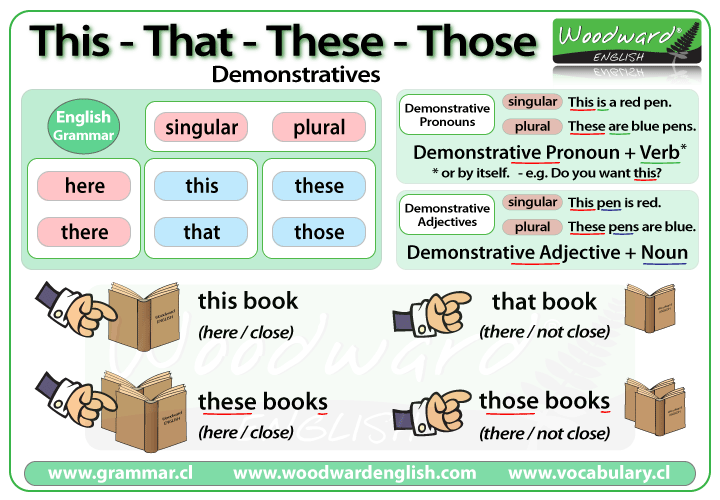 Furthermore, this keeps the door open for future collaboration down the road by showing you like them and their work.
Furthermore, this keeps the door open for future collaboration down the road by showing you like them and their work.
Keep up the great work,
If someone is doing work for you, give them on a pat on the back when they deserve it. Most of all, such email endings go a long way in encouraging someone to keep giving you their A game.
OR …
Either way, keep up the great work!
If you’re asking your contact to do something, lower the pressure by showing you’re ok with whichever answer they give you. Consequently, more likely they will agree or at least tell you no, knowing you aren’t pressuring them to act one way or the other.
You always [something they always do with positive effect],
Example:
You always bring a smile to my face,
It’s nice to acknowledge the positive effect someone has on you. A lot of people think “They probably already know, why bother?” but people are not mind readers! Hearing you say those words will probably confirm it for them you hold them in high regard.
Keep up the great work [something they do well],
Example:
Keep up the great work helping students discover their passions,
Everybody loves praise and giving it them encourages them to keep going. A lot of people lose motivation after a while because they have no clue the impact they’re making on other lives. Be a force that counters other human beings’ natural negative bias!
Dmitry’s take
Never underestimate the power of a personalized, relevant compliment.
But don’t waste time personalizing those emails one-by-one. Use a tool like Mailshake to: 1) personalize hundreds of emails all at once, 2) schedule those emails to send on your schedule, and 3) automate follow-ups if they don’t reply.
I use Mailshake to automate my cold email outreach, and it’s the tool I recommend.
Click below to sign up for Mailshake.
Try Mailshake Now
To your continued success,
Has your contact been on a roll lately? Encourage them to keep it going.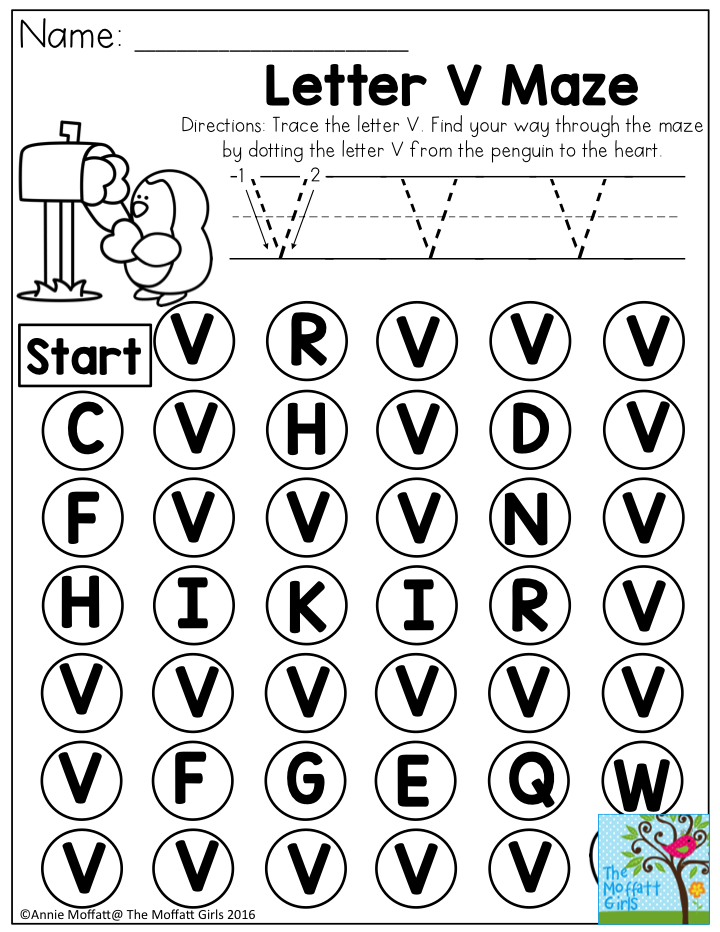
You’re an inspiration,
Reserve this compliment for people who really inspire you to look at the world differently or to do something different. Furthermore, don’t just assume inspirational people get praise all the time so yours won’t matter much. As long as they know you’re being genuine, it will.
Congrats,
Just a simple acknowledgement and pat on the back for someone who got good news.
You rock,
Someone helped you? Maybe make them feel good about it with something a little more personal than just thanks.
Stay awesome,
Humans love flattery. Even if they feel it’s not 100% genuine. Why not bring a smile to someone’s face and remind them you think highly of them? Especially if it only takes typing a few words?
Express gratitude, appreciation
Thank you for [something specific they did to help you],
Being grateful for someone helping you goes a long way. Don’t just say a generic thanks in your email endings either.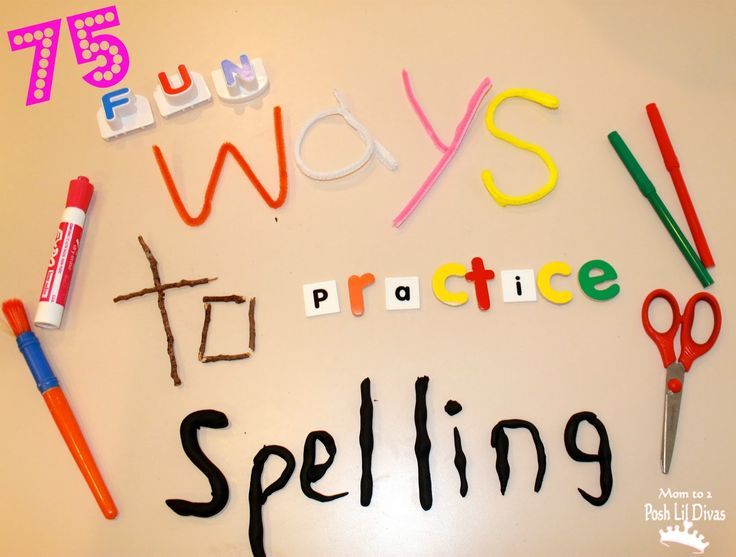 Acknowledge exactly what they did to help you. It probably reassures them that their assistance did not go to waste and you really did benefit from it.
Acknowledge exactly what they did to help you. It probably reassures them that their assistance did not go to waste and you really did benefit from it.
Thank you for taking the time to [what they did for you],
Time is often people’s most valuable resource so if they spend some of it to help you, acknowledge they did and in which way. People often feel others don’t realize the amount of time they put into doing something (as a measure of their effort) so being acknowledged for it and not just the act itself probably makes them feel good.
Thanks for the consideration,
Send this one when you apply to something. In addition, it works great when you want to express gratitude for being given the opportunity without being presumptuous of what will happen next.
Dmitry’s take
This ending comes in handy when doing outreach to folks you haven’t worked with in a while. It reminds them of your previous connection in a positive, “them-focused” way.
You can use my favorite outreach tool, Mailshake, to personalize these thank-you sign-offs in bulk. No need to write out each email, one-by-one.
No need to write out each email, one-by-one.
Click below to sign up for Mailshake.
Try Mailshake Now
Thank you for your unwavering support,
Someone provided you advice or an ear while you were through something? Acknowledge that and thank them for it. Furthermore, it also subtly implies you’d love to have their ongoing support into the future.
Thanks for always [compliment about something specific they do]
Example:
Thanks for always supporting me, thanks for always giving me such valuable advice
When you express gratitude in terms of how someone’s specific actions have helped you, the person probably feels that much better knowing they made a real difference.
Thanks for thinking of me,
If your contact has gone out of their way to do something for you, even something as simple as sharing with you a website they think you may find interesting, show that you appreciate being in your thoughts. Furthermore, this makes them more likely to keep looking out for you in the future.
Many thanks,
Doesn’t a single thanks sound so cold? Maybe you could make it more heartwarming by adding an adjective in front of it.
Really appreciate your help, it means a lot,
Say this when someone has gone above and beyond to help you. Most of all, use it when simple ‘thanks’ or even ‘˜thanks very much’ doesn’t quite capture the full extent of your gratitude.
Anticipatory
3, 2, 1, blastoff!
Your contact just launched something? Pump them up and feed into their euphoric mood. Especially relevant if you know that the prospect is anticipating some big news.
To an amazing [time/week/weekend/rest of the week],
This one is again another feel good message and also presents you as a positive easygoing person.
Have a splendid day/week/weekend,
There’s a reason why Hallmark has a greeting card for every possible situation. Niceties work! While it depends on when you expect to talk to your contact next, sending some positive vibes their way in your email endings never hurts.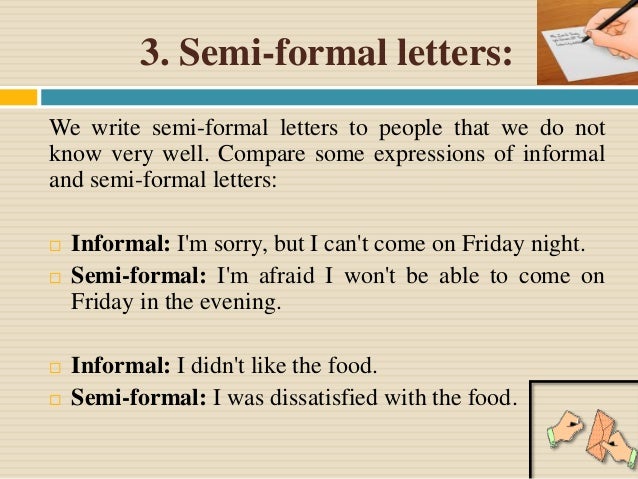
Look forward to [verb] soon,
Verbs can include: chatting, connecting
This email ending subtly reminds the contact of the next step you’d like them to take without looking like you’re pressuring them to or presuming they will.
Dmitry’s take
Take it to the next level when sending a cold email by adding a link to some research data or insight you have about a topic your recipient is interested in.
With Mailshake, you can track which of your recipients click on the link you shared, and even create specific follow-up email sequences for recipients who click the link, and for those who don’t.
Click below to sign up for Mailshake.
Try Mailshake Now
Stay tuned,
If you have to do something like look for information to continue the conversation, saying “Let me get back to you after I find it” sounds unnecessarily wordy. Stay tuned keeps it light and fun. Probably something often needed in email conversations.
I’ll circle back to you shortly,
If you cannot immediately answer a question your contact is asking, depending on the urgency or priority of their request, it helps to acknowledge you received it. Then reassure them that you’ll get back to them soon. Since very people have the courtesy to do this, people will remember you for not leaving them hanging.
Have a great trip, take lots of pics!
Obviously, this one is only suitable sendoff to someone going on a trip. Or maybe you could be a smart ass about it and say it to contacts who are literally visiting the next town over.
Can’t wait to [event] with you,
Have an event planned soon with the person you’re emailing? Once they see your excitement for it, they’ll probably likely also anticipate it more.
Until next time, stay [compliment or blessing],
Example:
Until next time, stay warm
First this shows that you hope to reconnect with them at some point. Second, a simple positive thought goes a long way to show that you care about the other person in some way.
Second, a simple positive thought goes a long way to show that you care about the other person in some way.
See you soon,
This is just a simple sendoff for when you have already made plans to see someone soon. Consequently, use it only if you actually have such plans on the horizon.
Get ready for [superlative describing event]
Example:
Get ready for the best birthday of your life
As some psychologists say, the anticipation can be better than the event itself so perhaps do build up people’s excitement for it!
Until I reemerge from under my rock,
This one is meant to be funny. Consequently, it would be especially on point if the topic of the email touches upon how you’re often behind on the latest news and trends.
Safe and happy travels!
Only use such email endings to wish someone traveling soon a great time. Furthermore, it shows you are aware of or remember what they told you about their plans.
The countdown to [event/holiday] begins,
For example:
The countdown to Christmas begins,
This is to lift people’s moods a bit, reminding them that something exciting is only X days away.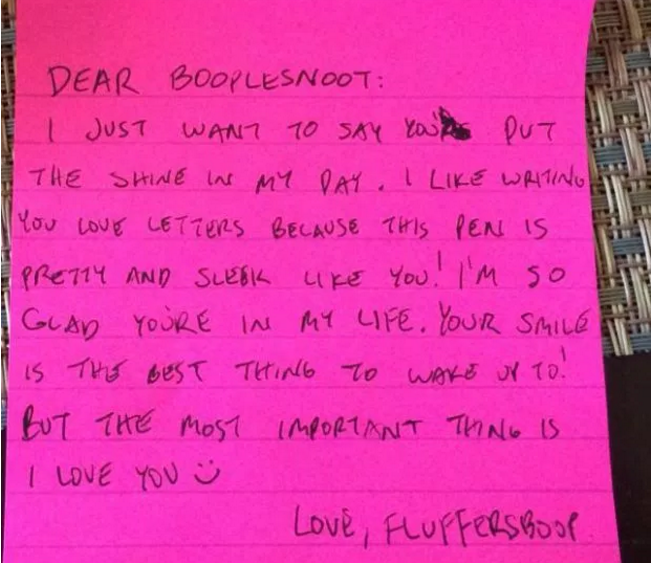
Talk soon,
Sweet and simple. This one simply conveys that your intent to talk to someone soon so they have that to look forward to.
Cheering on, well wishes
Wishing you lots of [good thing],
Good things can include happiness and even chocolate, whatever the person likes.
Just a feel good way to end the message. This is more appropriate for friends and people you already have some rapport with. Otherwise it can probably come off as insincere.
Wish you a happy [holiday],
If you’re sending an email close to a holiday, wish them a good one. If your contact is from a different background, earn brownie points by researching what holidays their culture observes to wish them a happy time celebrating that.
Go shake a tailfeather,
Maybe someone is about to attend a party or event? Use a more creative way to wish them a good time.
Sending positive vibes your way,
Someone just got bad news? And need some cheering up? Or are about to face something difficult? Instead of using a cliche that has lost a lot of meaning like “Good luck”, say it in a more genuine way.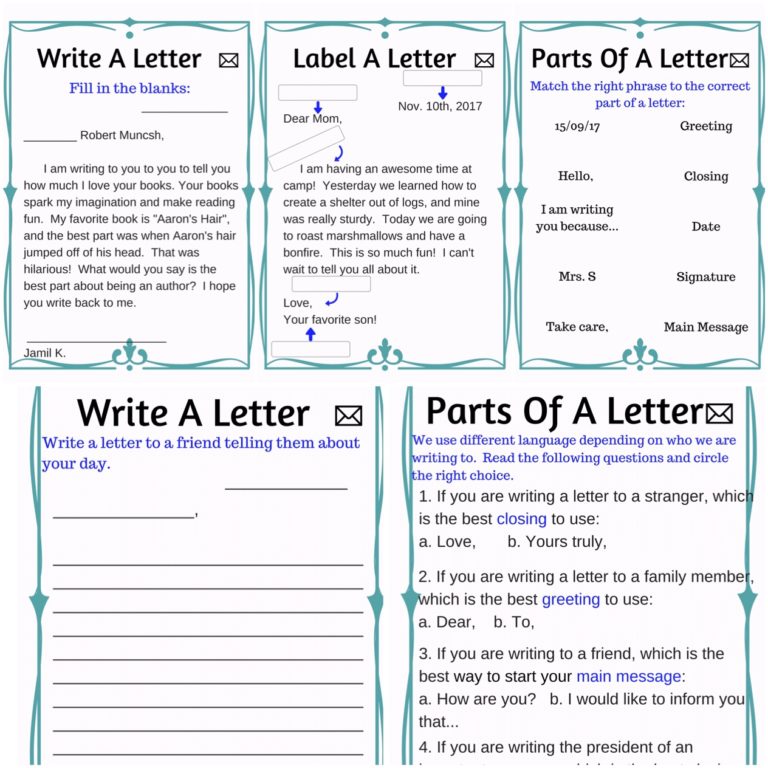 Maybe they just might actually believe it!
Maybe they just might actually believe it!
Hope life’s treating you well,
Such email endings are suitable for people that you haven’t spoken to in a while. Just a general blessing without presuming their life has gone a certain way since your last conversation. Therefore, use it only for people you haven’t been in touch with, not people you see every two days.
Hope this helps,
You can say this if you provide someone with the information or advice they were seeking. Just a pleasantry expressing hope that you can resolve their problem or question.
Now go kick some ass,
Nothing like encouraging someone to give it their best and showing you have the confidence in them to do it.
Keep fighting the good fight,
This email ending is for the revolutionaries among your contacts who never accepts things as they are or takes no for an answer. Just a simple but specific encouragement, personalized to the character of your contact.
Go get ’em tiger,
If contact about to do something important, cheer them on and give them an important confidence boost.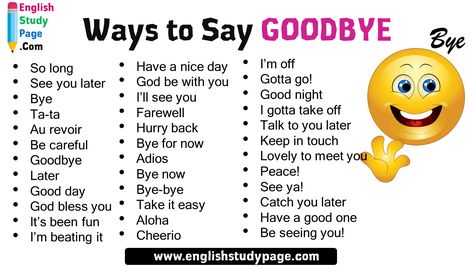 It probably works best in a casual setting.
It probably works best in a casual setting.
Go knock it out of the park,
Whether it’s a presentation or speech, if your contact has to do something soon that’s important to them, cheer them on for the best case scenario.
Keep your head high,
If your contact experienced a negative event (moderately, don’t use this for someone who had a life changing experience), give them the strength to soldier onward and face another day.
May you be surrounded by [something nice] soon,
Example:
May you be surrounded by blooming flowers soon,
Put your contact in a good mood by conjuring a happy scenario for them. Personalize the scenario to what would make your contact most happy.
Wish you many more days of walking on sunshine,
Your contact just received very good news? Keep their happy mood lasting longer by wishing them many more days of it.
Wish you a singin’ dancin’ good time,
When it’s not enough to just wish someone a good time, it’s probably a good idea to kick it up a notch. What would people do when they’re doing/getting what you describe in the greeting? Add those action verbs to your email endings!
What would people do when they’re doing/getting what you describe in the greeting? Add those action verbs to your email endings!
Hope you feel better soon,
Has your contact expressed they are not well emotionally or physically? Maybe you can show that you care and wish them well. Since this email ending is thoughtful and professional enough, you can use it for everyone.
Warm hearted, personal, soothing
Peace and love,
This one is kind of hippie but if it fits your personality of sunshine and rainbows, go for it! Never hurts to spread a little more positivity to this world. Note: It’s probably best to avoid sending this to cynical people because they’ll just think you’re full of B.S. You can’t change other people but you can change how you speak with them. 🙂
Warmest regards,
This one sounds much more formal than ‘many hugs’ but there are certain people you can’t just act all chummy towards. Warmest regards conveys that same warmth in email endings a professional manner so you avoid raising any eyebrows. Most importantly, you can use it in a formal setting.
Most importantly, you can use it in a formal setting.
Many hugs,
This is one that I personally use in emails to my subscribers. It works because:
- a) I don’t know anyone else who uses it, so it’s original
- b) Although I can’t hug my audience in person, the human mind still conjures some of the feelings associated with a hug, just by reading the word
Image courtesy of Snappa.
Namaste,
Perhaps your contact is into spirituality, yoga and energy flow. Speak their language and send them blessings using words from this.
Carpe diem,
Even though the saying itself has become a cliche simply because everybody uses it, very few people use it as email endings. Consequently, it would make for a slightly more interesting feel good signoff than ‘˜best regards.’
Enjoy basking in the rays,
This is a good email ending or signoff for sunny days. Especially for contacts who do not get to see much of it. Of course be sensitive and maybe don’t send this one to someone who has an incredibly busy day or don’t ever get to leave their cubicle.’
Of course be sensitive and maybe don’t send this one to someone who has an incredibly busy day or don’t ever get to leave their cubicle.’
Calls to Action
Let me know what you think,
A simple request for further communication. Consequently, such email endings can turn into a gentle request for feedback when you want the recipient’s thoughts on something.
Let me know if this looks interesting,
When you’re asking the recipient to do something for you like write about your company or share your resource, this is how Sapph from Art of Emails recommends signing off email endings. Furthermore, it’s a gentle way to get their opinion on it (hopefully revealing what action they intend to take) without pressuring them or presuming they’ll do anything.
PS: You may find this interesting: [link]
Whether you’re writing to a colleague or friend, sharing something you think they may enjoy always puts you in a league above the rest. It shows that you’ve been paying attention to their interests and remembered it to think “Oh, Susie would love this” when coming across a piece of content.
Dmitry’s take
This works very well when the goal of your cold outreach is to build a relationship first, rather than push towards a sale. Recipients find it useful if you know exactly what is the next step you need from them, yet leave it to them to take the final decision.
With Mailshake, you can track which of your recipients click on the link you shared, and even create specific follow-up email sequences for recipients who click the link, and for those who don’t.
Click below to sign up for Mailshake.
Try Mailshake Now
Don’t forget to [action]!
If there’s an important event happening soon that you would either like your contact to participate in or if it’s something they have to, it doesn’t hurt to remind them. In addition, the exclamation mark at the end makes the line look like a friendly reminder instead of you pressuring them to do something.
Let’s catch up sometime,
This lets you send a feeler in situations when you are not 100% sure if your contact is open to hanging out. Express you want to and then see if they take you up on your offer.
Express you want to and then see if they take you up on your offer.
Enjoy!
This is for if you just gave someone something that you think they’d find interesting. Especially relevant if you had an important share.
Let’s grab coffee soon,
This one lets you gauge your contact’s interest in hanging out by asking them gently, before locking down any concrete plans.
And if your contact agrees to your coffee invite, then you can put a meeting in motion.
Happy everything,
Want to be a ray of sunshine in someone’s day? This is the maybe perfect email ending or sign off if you are actually bubbly and positive in real life. Otherwise it just comes off as disingenuous or possibly sarcastic.
When words won’t do
🙂
Maybe the shortest and the sweetest email ending or signoff possible. It’s mostly to convey your mood when writing your email to them.
XOXOSuch email endings can only be used if you are a certain type of person (bubbly, loves the world and everyone in it) writing to people who you know fairly well.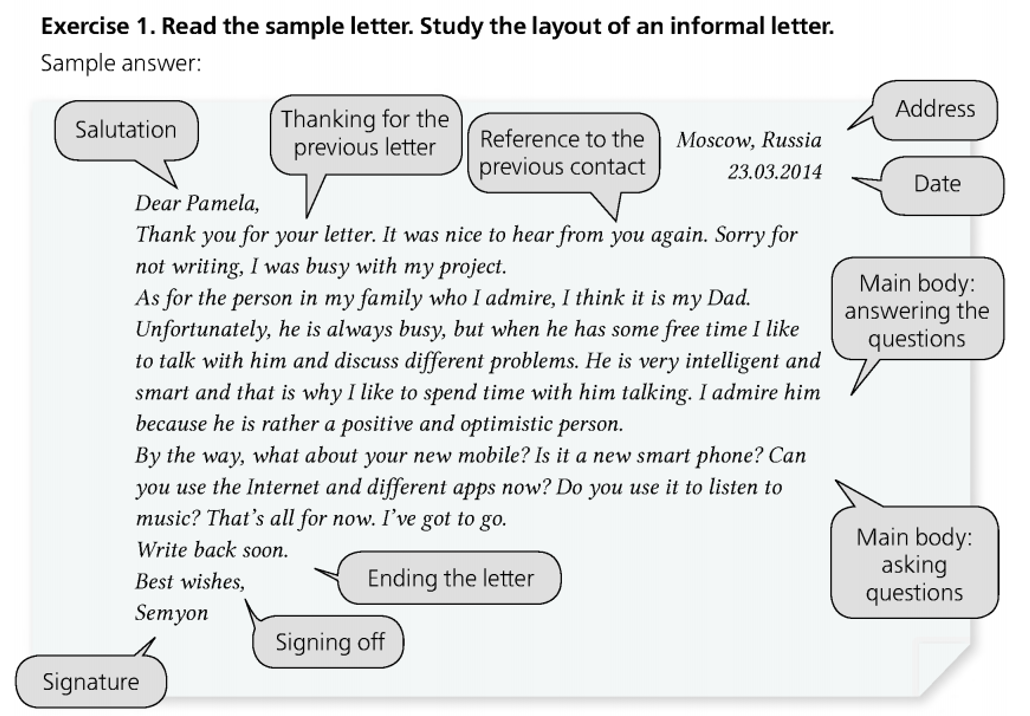 Consequently, limit it to casual emails sent to certain close contacts.
Consequently, limit it to casual emails sent to certain close contacts.
[insert animated gif]
When words aren’t enough, you can also go animated!
Gmail’s animated mike drop April Fool’s Prank was only disastrous because people mistakenly sent it to the wrong person. But if you choose the perfect .gif to capture the mood (Giphy has a pretty thorough collection) and use it in an appropriate context, it probably beats boring ol’ words.
[Nothing after the initial email]
The way some email clients nests each email in a conversation, it bunches all you and your contact’s email endings or signoffs and signatures at the bottom. Consequently, after the first email, it may not make sense to keep including one.
Common, but practical
Sincerely,
This one is formal, but appropriate for emails that serve serious purposes, like if you’re attending to a legal matter. Consequently, reserve this signoff for when you’re addressing senior people or attorneys.
Cheers,
This one is a bit boring since a lot of people do use it. In addition, it’s definitely a less formal and stiff alternative to ‘Sincerely’. Just the right amount of casualness and pep to be suitable to send to anyone.
Light hearted, fun
May the force be with you,
Two scenarios you can use this in without coming off too cheesy. On May the 4th and maybe if your contact is a diehard Star Wars fan.
Rock ’n’ roll,
This is a fun way to tell someone to have a lot of fun or success with something they’ll be doing soon. Another one of those casual email endings – not great for a formal email, perhaps.
Yolo,
This email ending may come off as you’re trying to be 25 again when you’re 10 years older. But if you’re trying to encourage your contact to seize an opportunity they’re a little hesitant about, this one encourages them to in a lighthearted, non-pushy way.
Thank God It’s Friday,
Know your contact had a long week? Remind them the glorious weekend is just hours away and the countdown to drinks on the patio has begun.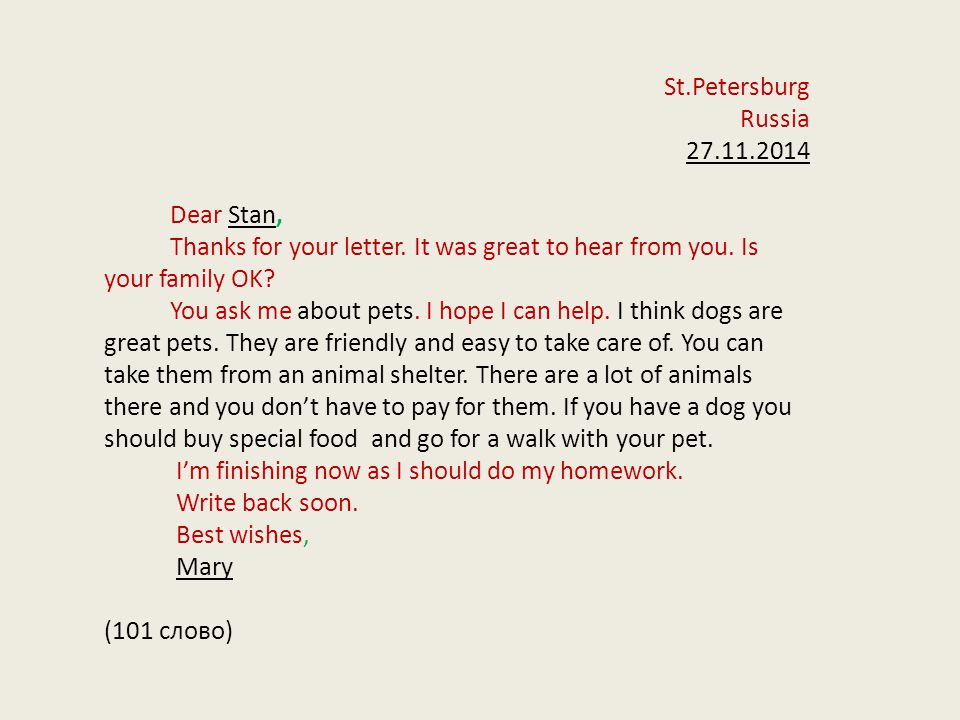 Another one of the more casual email endings.
Another one of the more casual email endings.
*happy dance*
Good news? Great news? Don’t just say “I got great news”. Describe to the other person how you’re really reacting, including the physical motions.
*champagne and confetti*
Something exciting just happened? Or soon to happen. Perhaps when a ‘woohoo’ just won’t suffice. How about laying how the specifics of how exactly you will celebrate?
Cheers to us saving the world, one [object related what you do] at a time,
Example:
Cheers to us saving the world, one perfectly groomed pet at a time,
If your contact and you work on a project together, probably nothing raises the camaraderie more than being able to joke with them about it.
And that’s a wrap!
Just finished a project? Shout it from the hills. Or either just announce it in some way in an email. Same thing.
There you have it, stop being boring!
Use these different email endings to wrap up messages in the most love-hate communication tool out there: email.
If you noticed a theme at all, it’s that many of the email endings use feel-good messages.
It’s that saying: “People don’t necessarily remember what you say, but they do remember how you make them feel.”
Readers are desensitized to run of the mill, polite email endings, since everybody else uses them.
So, be creative, and say something different.
Sometimes it only takes a few extra words to make a positive, lasting impression.
Additionally, our brains are wired to pay more attention to novelty. So if you use a more creative signoff, people are more likely to remember you and that’s the first step in the door to future opportunities and connections. Happy emailing!
What’s the funniest or most awkward email intro or signoff you’ve received? Please, share it in the comments below, so we can all learn what not to do!
- To congratulate, compliment
- Express gratitude, appreciation
- Anticipatory
- Cheering on, well wishes
- Warm hearted, personal, soothing
- Calls to Action
- When words won’t do
- Common, but practical
- Light hearted, fun
- There you have it, stop being boring!
How to end an email? 30 examples ready to copy and paste! -
Make sure your emails are consistent with your brand image and showcase the most important aspects of your business. 👌 In this article, you can learn How to end an email and use one of the top 30 email endings for your inbound marketing.
👌 In this article, you can learn How to end an email and use one of the top 30 email endings for your inbound marketing.
Also, scroll down the page to read more about the Best Practices for Closing Emails in Formal and Informal Situations. Forward! 🚀
How do I end an email?
If you think about the hundreds or thousands of emails that your company sends out each year, you will agree that this is a lot, and each of them is an impression of your personal branding. 👀
These emails are often sent to your network and prospect list, customers, partners and stakeholders. It is important to understand how each component has an impact in the eyes of the recipients. Items inside each of these messages such as salutation , the body of the letter and closing, contribute to the creation of a good or bad impression of the brand. 🙊 The closing of an email is just as important as the subject line, and some might say it's the most important element of an email!
The closing sentence of the letter plays a huge role in the message you want to convey to your audience, and therefore you should pay special attention to it! 🔍
Professional email ending format:
Let's see what usually goes into a good letter ending. 🧐
🧐
A stunningly designed email signature and a call to action sentence at the end will surely set you apart from all the other sales emails your contacts receive!
Image Source: LinkedIn Pulse .
💡 Pro Tip: Create your professional signatures online with templates available on Stripo, for example. But you have many other options online! Just remember that like email signature , an email signature can make or break an email. 😬
How to end an email? 30 Email Closing Examples
In addition, there are several factors that affect how an email is closed. ✍️
Who is the recipient of the letter? What is the purpose of the letter? Does this letter represent the entire business or just my personal brand ?
An email signature is usually recommended when communicating with a colleague, teacher, friend, or family member. 🤗 Knowing who is with your audience , as well as other contextual factors, will tell you what is the right way to end the conversation.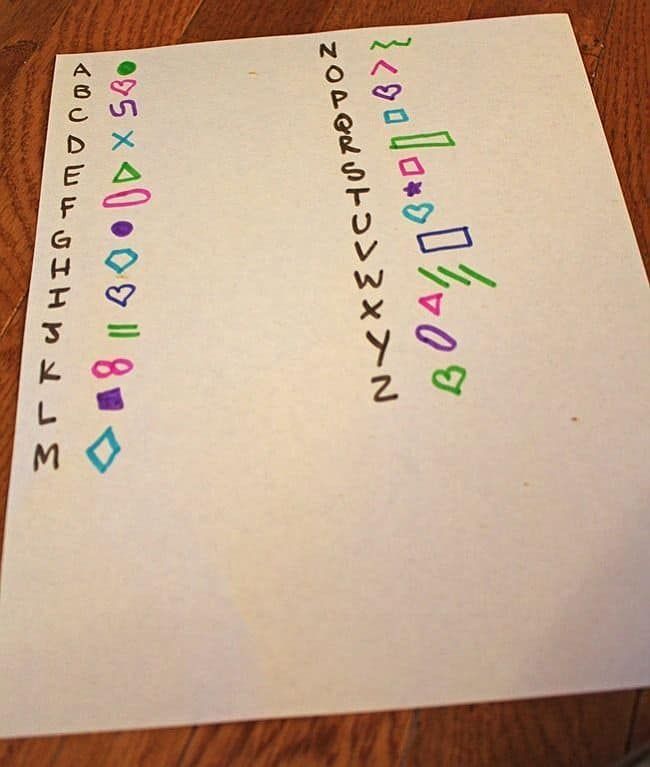
In this article, we will look at 10 phrases for the correct completion of an email in a business situation. Letters to colleagues, employers, recruiters, clients, and even CEOs fall into this category. 💯
Next, we'll look at 10 standard ways to say "thank you" to end an email. Finally, we'll look at 10 phrases for informal emails, the kind you only send to friends or family members. 📩 These 30 examples are ready to copy-paste into any message or save to create perfect templates !
10 Job Closing Phrases:
If you don't know how to write a closing phrase for a job, just compare closing an email to closing a formal letter to keep it professional. 😅 Since sending a letter through the mail today is equivalent to sending an email, the same protocol and rules can be used for any email marketing strategy. Keep everything professional but heart key. 🤝
Here are some phrases you can use as examples of closing sentences business letters: 👇
- Sincerely,
- Best Regards (or Best Regards ).
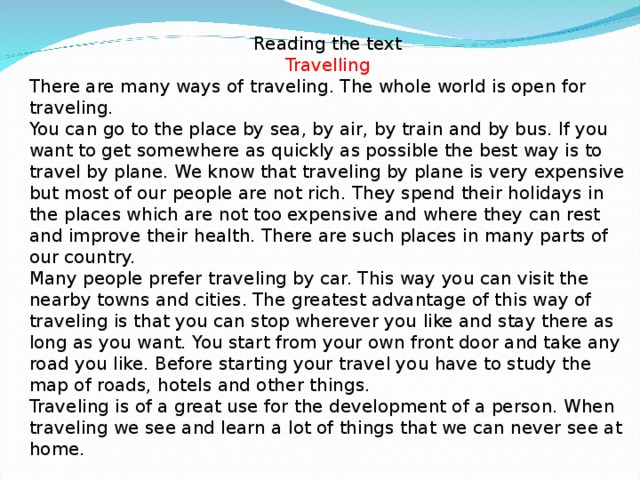
- I'm looking forward to your reply.
- I appreciate your support.
- Let me know how else I can help.
- Please let me know if you have any questions.
- With best wishes .
- I look forward to continuing our business.
- Feel free to contact me again.
- I'll be glad to hear from you.
As previously explained, a business-appropriate email signature template that is used regularly throughout your organization affects email etiquette. 🏷️ Therefore, make an effort to ensure that both the signature phrase and the signature banner meet the requirements of your company. nine0005
The goal is the same, whether the email is sent to the entire firm or it is a personal message with a client. Business people try to interact with other people in ways that enhance both their personal image and the image of the organization they work for. 💫
10 ways to end an email with “thank you”:
The most common email ending is “thank you”, which is often used by in all closing emails. Think of situations in which you would text someone letter with gratitude. How would you show the recipient that you appreciate their help? What would be the best phrase for this? If a friend or family member has helped you with something, it should come naturally. 🥰 But what about in a work or commercial environment? Here are some ways to complete your thank you note:
Think of situations in which you would text someone letter with gratitude. How would you show the recipient that you appreciate their help? What would be the best phrase for this? If a friend or family member has helped you with something, it should come naturally. 🥰 But what about in a work or commercial environment? Here are some ways to complete your thank you note:
- Thank you for your support.
- Thank you for your time.
- Thank you {{FirstName}}!
- Thank you very much.
- Thank you very much. nine0070
- I am very grateful for X.
- I appreciate your help with X.
- Thanks in advance.
- Thank you very much for the opportunity.
- I really appreciate your support.
Also, remember that when you email someone for a favor or help, you must thank them in advance. Even if they haven't helped yet, you should express gratitude as if they already did! 🤲
In addition, here is an article with 5 templates that will help you write a professional “thank you” letter in the right way.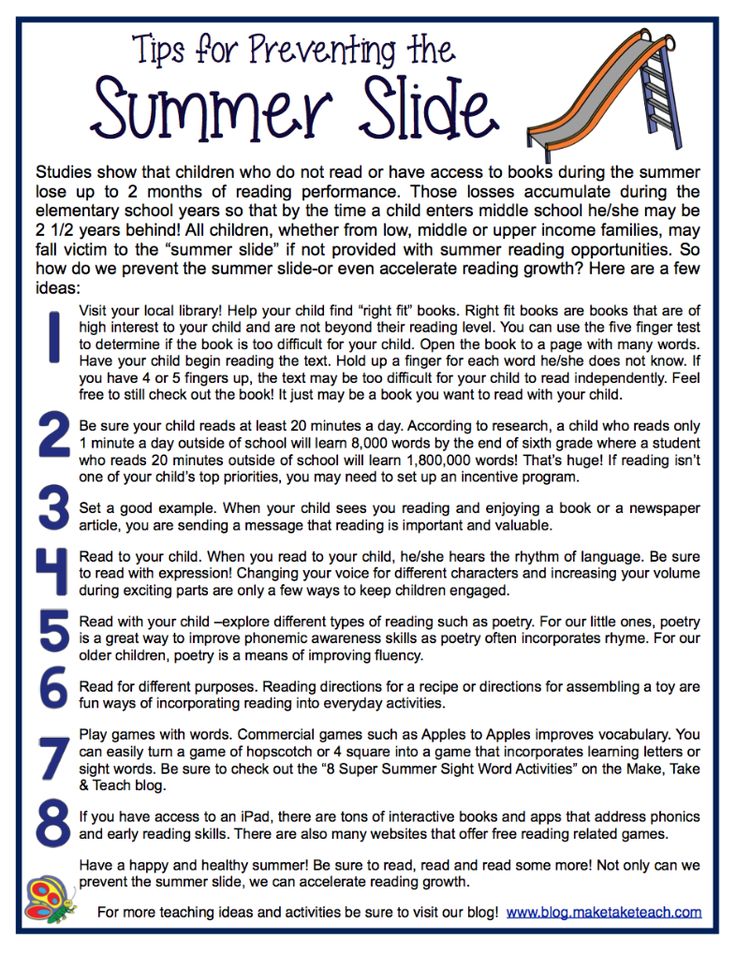 You can thank me later! 😜
You can thank me later! 😜
10 phrases for warm and cold email signatures:
Finally, in this section, I'll show you how to end your email with fun and cool email signatures. 🤙 There are some great phrases you can use, and while not all of them are suitable for every scenario, these 10 phrases will help you get your imagination going! 🌈 Check out these examples of informal letter completion :
- We'll talk later.
- See you soon (or See you soon!). nine0070
- With love.
- Peace!
- Best. (short for Best regards).
- Be healthy!
- Have a nice weekend, {{FirstName}}.
- Can't wait for your reply.
- With warm/best regards.
- Stay with us..
As you can see, each of these closures fits a different sequence. For example, you can use “Love.” to complete a letter to a friend or family member, not to a colleague. 😳 “Warm or best wishes ” can be used in both formal and informal communications.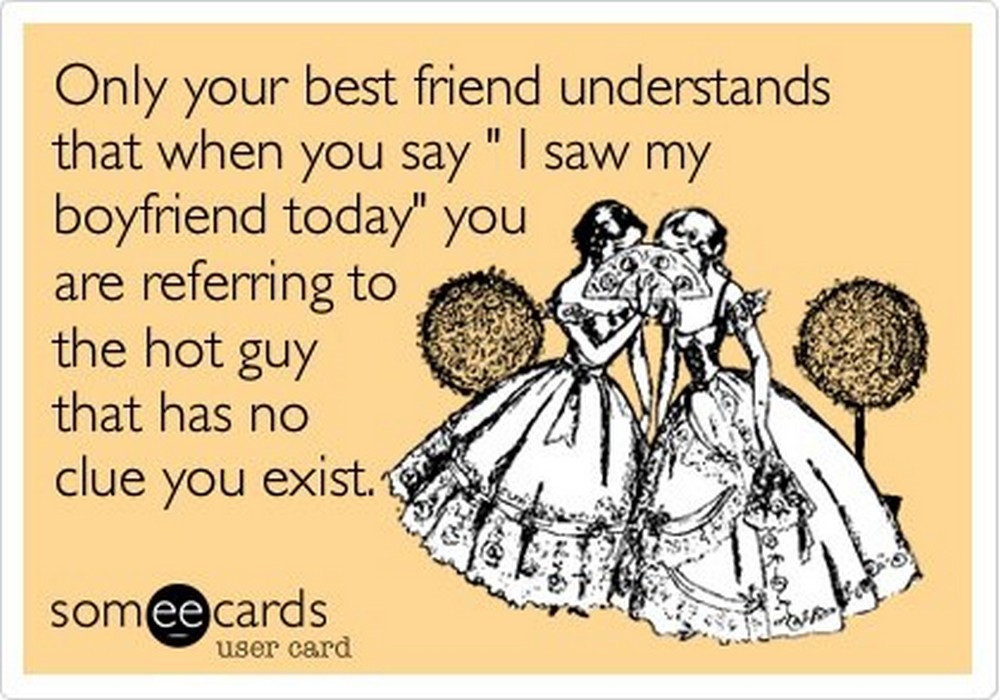 In professional or personal emails, where you want to maintain a certain professional tone, include phrases like “Best regards” or “Regards”. 👌
In professional or personal emails, where you want to maintain a certain professional tone, include phrases like “Best regards” or “Regards”. 👌
When writing a sales letter, you may want to get the recipient's attention so that they react or anxiously await your response, and use an ending like this: "Stay tuned." Also, “Your health” is a fun and rather informal expression, but it can set the perfect casual tone in a corporate situation as well. 😀
💡 Pro tip: Watch how others finish their letters; this will tell you which direction to go next. 👉 Then save some alternative signatures in your email settings to be able to choose the right signature for each occasion!
Conclusion: How to end an email formally? How to end an informal letter?
In closing, let's say that you have made every effort to make your letter attractive and understandable. So your email body can be flawless, but things can go wrong if you use the wrong phrase to end your email! 😖 It's just a short sentence followed by your custom signature, but creating the right tone to complete a letter often takes a surprising amount of effort and finesse.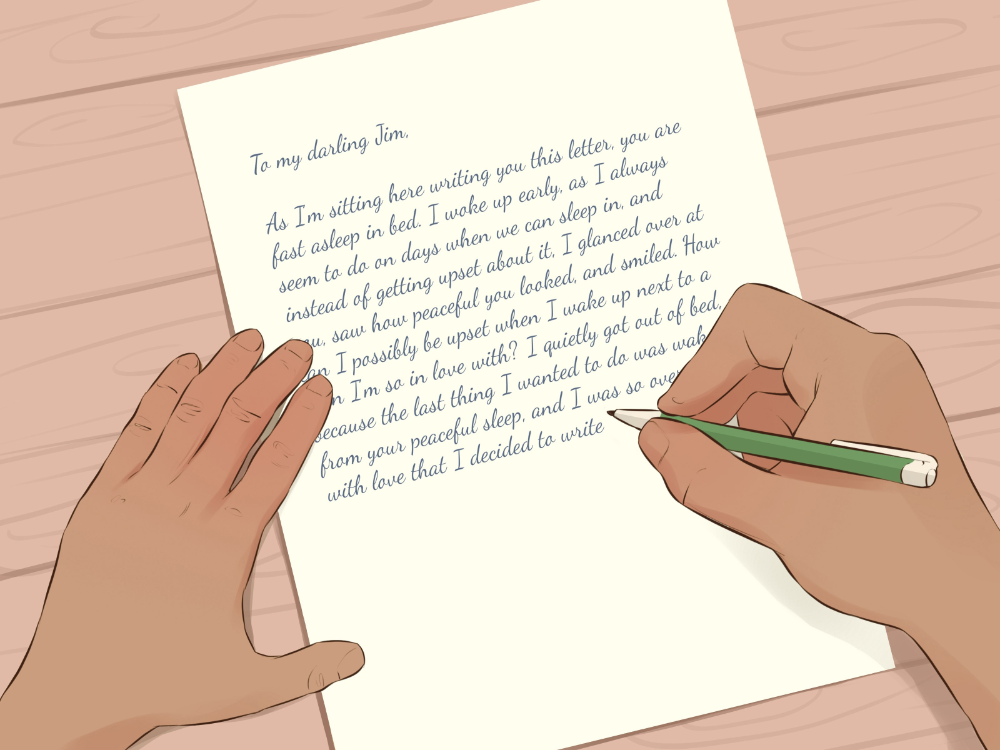 💪
💪
When deciding how to complete a letter, it is important to consider the context as well. What works for a friend or close colleague will not work for a distant acquaintance or someone you've never met in a strictly professional way. 🥸
👉 Here is an overview of some of the most common email completions for formal and informal communications:
Examples of formal email signatures
- “Regards”:
Yes, it's a bit dry 🤷 but it works in professional emails as it's not unusual or out of place.
- “Sincerely”:
This signature sets the appropriate tone in the official correspondence . 🙂 Keep in mind that she may come across as tough in more informal business correspondence .
- “Best regards”:
It's a win-win with a nice combination of warmth and are official , but be careful with his “greeting card” 🎅 and only use it when it fits well with the tone of your letter.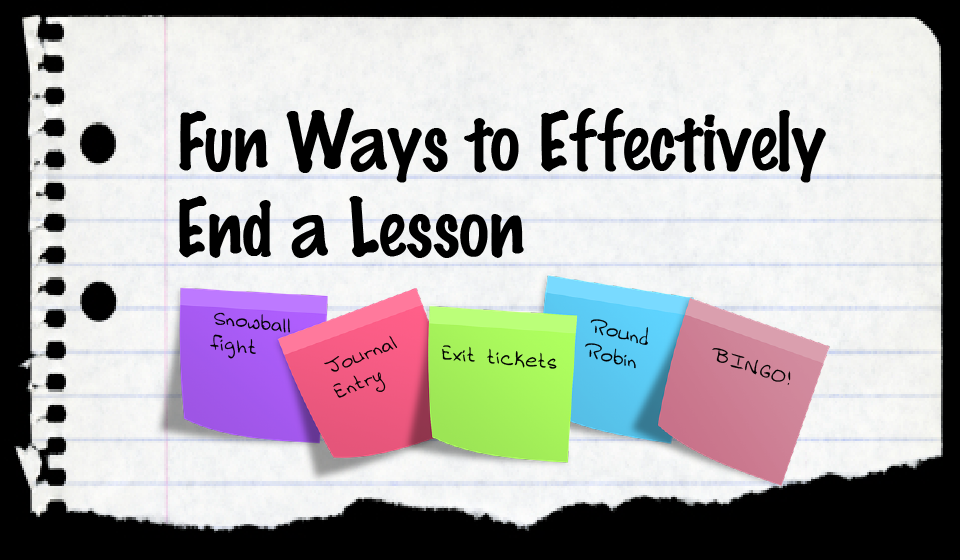
- “Thank you in advance”:
Clearly, emails containing the phrase “thank you” get the most replies. Perhaps this is because such a phrase expresses gratitude and at the same time creates expectation - you show that you will be grateful when (not if) the person you are writing to responds to. Thanks in advance may seem overly demanding in more formal situations, so use it with care.
- “I appreciate your [help, support, feedback, etc.]”:
Always appropriate express gratitude to someone who helped you. 💖
- “Looking forward to your reply”:
This expression seems pleasant at first, but it can take on a passive-aggressive tone. 😯 The recipient may perceive the subtext “You must answer”
- “Yours truly”:
Do you really “belong” to the recipient? Nope. 🤣 Unless you're sending a letter home to your parents from summer camp, it looks fake and vulgar.
- "Yours" / "Yours":
It's okay if you're writing a formal letter to the president, but for anything else it's too formal. it is obvious that to address state leaders and clergymen, the appeal “Respectfully, yours” 🙅 is usually used. nine0070
- “Good afternoon”:
It is best not to use this type of signature in professional correspondence, although it is fine if you are writing a letter to a correspondent with whom you have worked before and you have a good relationship with him. 🤗
Examples of informal email signatures: How to end an email
- “Your health”:
This signature is most likely to elicit a reader response (not gratitude). She works great in pleasant and spoken emails, but unless you're a real British or Australian, in more professional circumstances it can come across as intrusive. We all know the traditional “Be healthy, buddy!” 🦘
- “Best”:
“Best wishes” or “Best regards” are conveyed in a more cheerful way. 🤩 If you receive a lot of emails, you will notice that almost everyone uses this title. This habit makes it smooth, much like formal emails are effortless. The downside is that it can be safe and boring, especially if you want your message to be more dynamic and memorable. nine0070
🤩 If you receive a lot of emails, you will notice that almost everyone uses this title. This habit makes it smooth, much like formal emails are effortless. The downside is that it can be safe and boring, especially if you want your message to be more dynamic and memorable. nine0070
- “As always”:
This is a good option for people with whom you have long-term professional relationships. 👴 This will reassure your interlocutor that everything is as good between you as never before.
- "Thank you":
When you want to express gratitude , a simple "thank you" is often a good option. However, it can express a tone of impatience, just like "Thanks in advance." Therefore, use it in cases where you really expect a response. nine0070
- “Lots of love”:
This expression is best reserved for family, close friends and your significant other. The same rule applies to “Hugs & Kisses ” or the shorter version of “XOXO”. 😍
😍
- “Thx” or “Rgrds”:
Unless you are 13 years old, avoid using this type of spelling, haha! 😝 This is not a text messaging chat. Use all the words of the alphabet.
- Take care of yourself:
At first glance, "Be careful" seems normal, but on closer examination it may mean that the recipient should be aware of potential dangers. 🤐 So refrain from using this phrase in formal conversations because some people might take it literally!
- [Nothing at all]:
We live in a world where people regularly email from mobile devices, so signature skipping in the email chain is evolving. However, the absence of signature in the first letter or not using a formal signature in outgoing letters looks like impersonality. 🙈
- [Name] or [Initials]:
While this type of signature might work for short, informal emails, it's too cold for most people, ❄️ especially if you're communicating with the recipient for the first time.
Bonus: Example of a bad signature sheet0003 the sender of
forgets to include the original signature, I felt it necessary to emphasize that this is not an appropriate signature 🚫 regardless of the context… However, this is possibly the most common of all signatures! 😱 It indicates that you don't care enough about your recipient to change the standard email signature. Therefore, whether you are chatting with friends or colleagues, please avoid these kinds of mistakes.💡 Pro tip: Learn 14 mistakes to avoid when sending a cold email. The last thing you want is to prepare the perfect marketing email , and then it will end up in the spam folder immediately after sending, right? 🥲
What is the best way to end a letter if you want a response?
To know what the best email signature list is, you need to understand that the last thing your audience looks at after reading your message is closing the email, and this can affect how soon they respond - or not at all.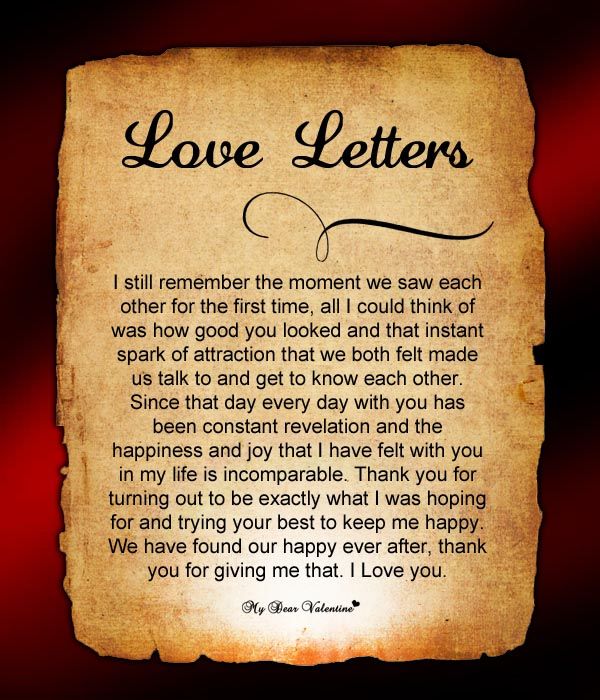 👀
👀
Imagine that you met a new business person at a professional event. You wouldn't just turn around and walk away as soon as the conversation was over. 🚶 This would be rated as a rudeness would make a negative impression and, most likely, would interfere with further communication with this potential interlocutor. 😫 Instead, you'll say something like:
“It was nice meeting you!” Please accept one of my business cards. I am looking forward to your call !”
👉 Consider that your letter is the end of the conversation. You are more likely to get a good answer if you use warm, polite and professional language with a clear call to action as explained earlier.
Also, here's an article if you want to know how to get LinkedIn engagements to go from 6% to 38%! 🧨
Use Waalaxy Email Automation Tool!
However, you can also use the email automation tool , such as Waalaxy CRM, to prepare a drip campaign where you can take your leads through sales funnel and finally turn them into paying customers.
Waalaxy email campaigns are very easy to set up and will save you a lot of time and money! 🤑 Who wouldn't want this?
There are 3 ways to start a new customer acquisition campaign:
- Email your prospect list,
- Customize the script on the campaigns tab,
- Use the LinkedIn import to find new prospects. nine0196
- ✅ Please use your full name. Always include your first and last name at the end of the letter, especially in the first few messages. Thus, the recipient knows who you are and is less likely to confuse you with other interlocutors who, for example, have the same name and last name . 🤯
- ✅ Stay professional. Find the right tone to use at the end of your email with contextual cues. If you are texting a stranger , avoid informal captions such as “We'll talk soon!” to maintain a professional tone.
 If you've exchanged a few emails and think a more relaxed ending would be more appropriate, feel free to "match the energy of your audience." ⚡
If you've exchanged a few emails and think a more relaxed ending would be more appropriate, feel free to "match the energy of your audience." ⚡ - ✅ Decide if you need a final word. It might be tempting to omit the closing word after exchanging a few emails with someone. In this case, it is worth including the final part in the letter. Even if your conversations have become more informal, ending the letter demonstrates attention to detail and professionalism. 💯 In addition, the recipient can forward your letter to people within the company who have not previously corresponded with you. A well-thought-out conclusion will leave a good impression on them, as well as make the communication clear and easy to follow. nine0070
- Understand your target market. 👂 Your greeting and opening line should reflect the relationship you have with your readers. Consider whether you are writing for a client, executives, a professional acquaintance, or a close colleague. nine0070
- Be clear about your goal. 🎯 When the purpose of your letter is not obvious, the reader may become confused or upset. To keep this important component in mind, try including the target of your email in the first phrase, or better yet, put it in the subject so that the reader knows what to expect from your message.
- Use online programs to check spelling or send automatic messages (if applicable).
 🤖 Spelling is very important when conveying a message, especially in a professional environment if you want to be taken seriously! So be careful with this. 🔔 What's more, maybe you need to send a reminder email to in two weeks and you don't want to forget about it, or maybe you won't be around at that time. That's when automation tools like Waalaxy come to the rescue!
🤖 Spelling is very important when conveying a message, especially in a professional environment if you want to be taken seriously! So be careful with this. 🔔 What's more, maybe you need to send a reminder email to in two weeks and you don't want to forget about it, or maybe you won't be around at that time. That's when automation tools like Waalaxy come to the rescue!
If you want to know more about launching a campaign then read this article and you will be amazed. 🥰 The best part is that you can save all the email templates you need, this way you can easily reuse them for other campaigns and even create a multi-channel marketing strategy using LinkedIn emails and actions (e.g. send connection requests , visiting, following and sending messages). nine0005
In addition to setting up automated email campaigns, you can also use the tips in this article to help you increase your response rate by sending personalized messages and keeping your recipients' attention! 💥
Discover Waalaxy 🪐
FREQUENTLY ASKED QUESTIONS: How to end an email about end/close an email?
How to finish a letter to a professor/teacher?
Emailing teachers can have both negative and positive impacts 🤫, just like emailing business professionals.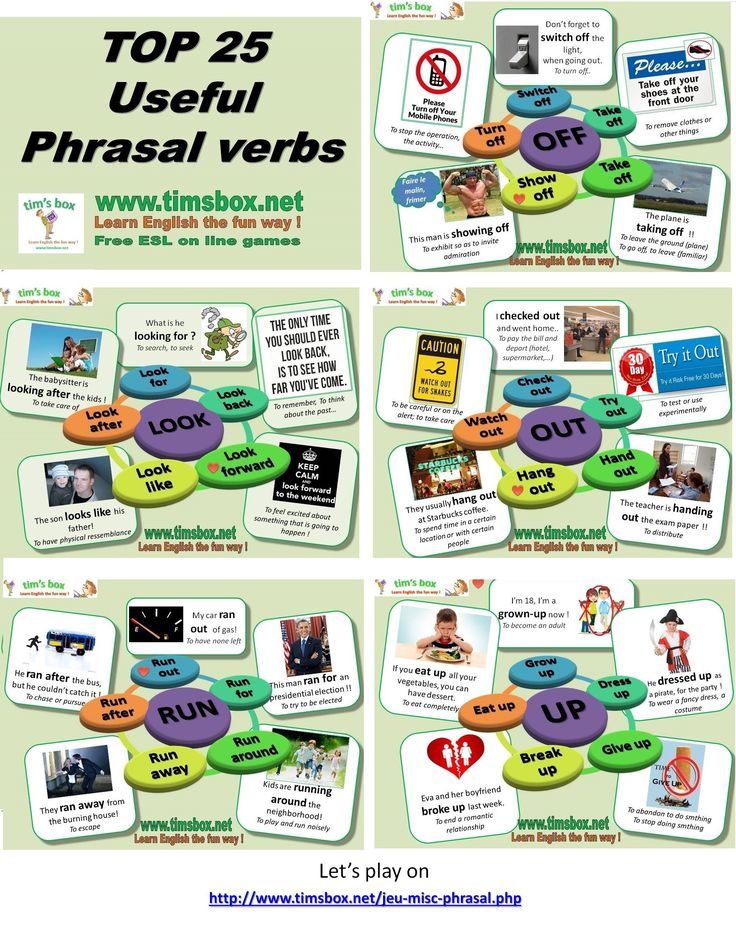 Unfortunately, sometimes students send unprofessional messages to teachers, and this may result in them not getting an improvement in grades or an extension of the deadline ... Please don't be such students! nine0005
Unfortunately, sometimes students send unprofessional messages to teachers, and this may result in them not getting an improvement in grades or an extension of the deadline ... Please don't be such students! nine0005
Instead, learn how to end a letter to professor , a teacher, or other education professional using this template: 👇
How to politely end a business letter to a client?
Here are a few things to consider if you politely end a business letter to a client: 👇
Also, this is how the professional ending email should look like: 🤓
👉 There are 4 steps you need to consider when writing a closing email:
1. The closing line of
Express gratitude to the recipient for reading your message, but include a call to action
or a phrase that either prompts the recipient to react or indicates that you expect a response. 👂 In this example, the following closing phrase is used:
👂 In this example, the following closing phrase is used:
I look forward to seeing you next Monday.
Thank you,
2. Full name
Always use your first and last name in your email signature to to minimize confusion and help them remember you. 🌌 Using your full name in your email signature, resume, cover letter, and any other material you send increases your chances of getting a response. In this case, we used the name:
Paul Alien , as an example. 👽
3. Job title
You may want to mention your current job title to close the letter, as it can be helpful to include a title that simply describes what you do for the company. For example:
Galaxy Chief Officer . (Haha, try not to be so vague!) 🤣
4. Contact information
Even if the person who received your message already knows your email address, it is always a good idea to include other contact information, such as a work phone number or other contact information , for example, this: 🪐
www.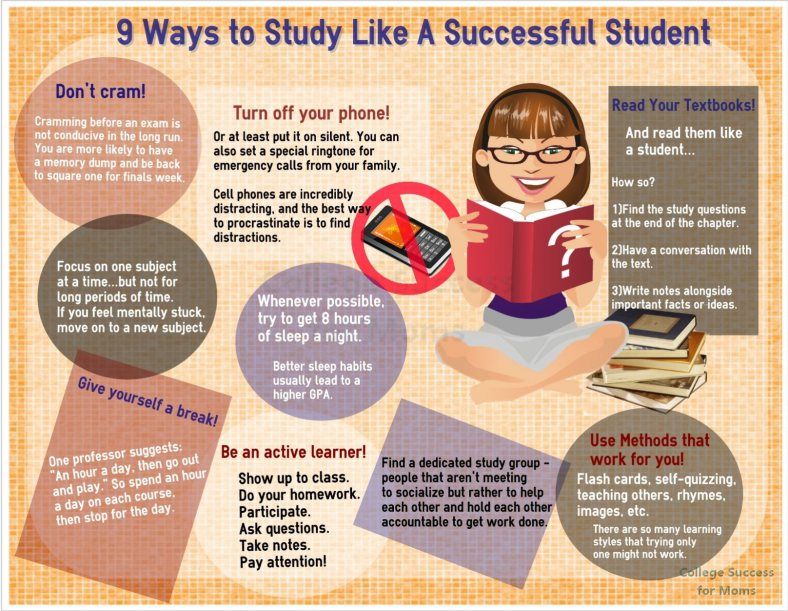 waalaxy.com
waalaxy.com
+33 655 545 679
That's it, you have all the advice you need! 🚀
How to start professional writing?
In conclusion, here are some more tips you can apply to start writing professionally:
Try Waalaxy Now 👩🚀
👉 Find the most used 9 here0003 congratulation formulas :
Make sure you use commas, punctuation and grammar correctly, as first impressions can make or break your company, or ruin your brand image. 😣 How to complete an email professionally with the above templates, you will find in this article! ⚡
Excellent! 👏 Now you know exactly How to end an email , right? If you have any doubts, feel free to contact us via live chat or LinkedIn.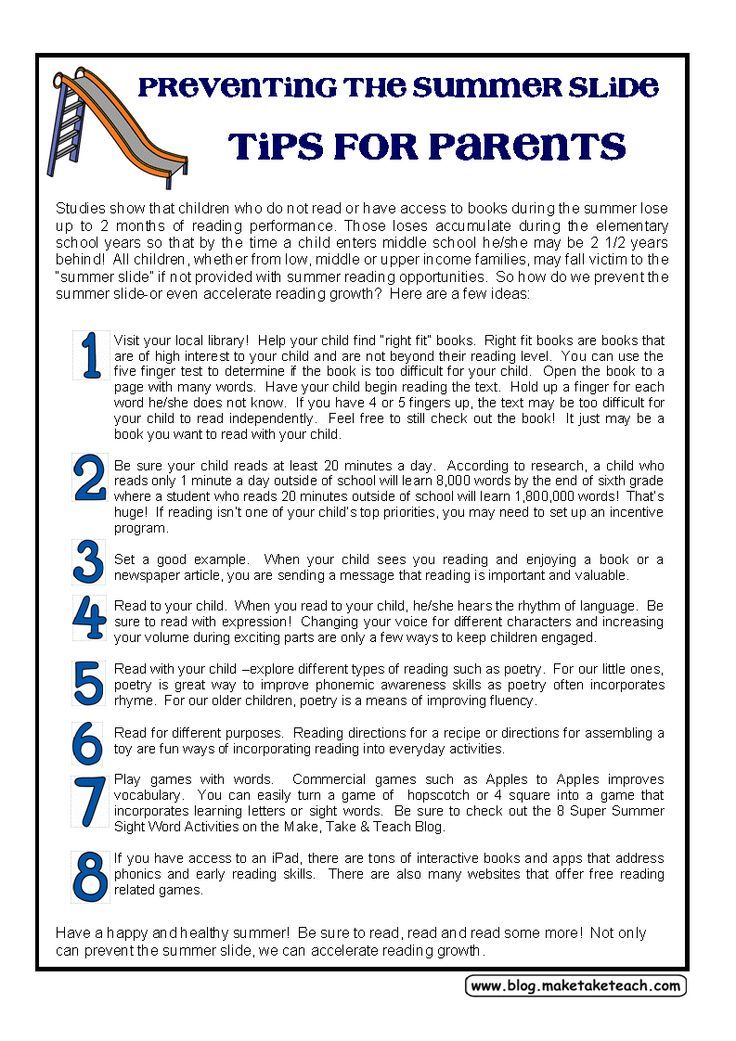 nine0005
nine0005
Take care, young padawan. 🖖
How to Close a Letter (Tips + Templates)
Since most of today's business correspondence is e-mail, it is extremely important to be able to start and end your letters brightly. In this case, the focus is usually on the subject and the beginning of the e-mail message, while the quality of the ending is often overlooked.
However, it should be borne in mind that a good end to a business letter is no less important than a good start. The right closing part can leave the recipient with the impression you want, motivate the reader to take a certain action, in addition, it indicates the sender, his intentions and contact details (to make it easier for the recipient to contact you). Read on to learn how to properly close business letters and check out our list of examples of professional closing words and phrases that will work for you in a variety of situations. nine0005
What information to include at the end of your emails
1.
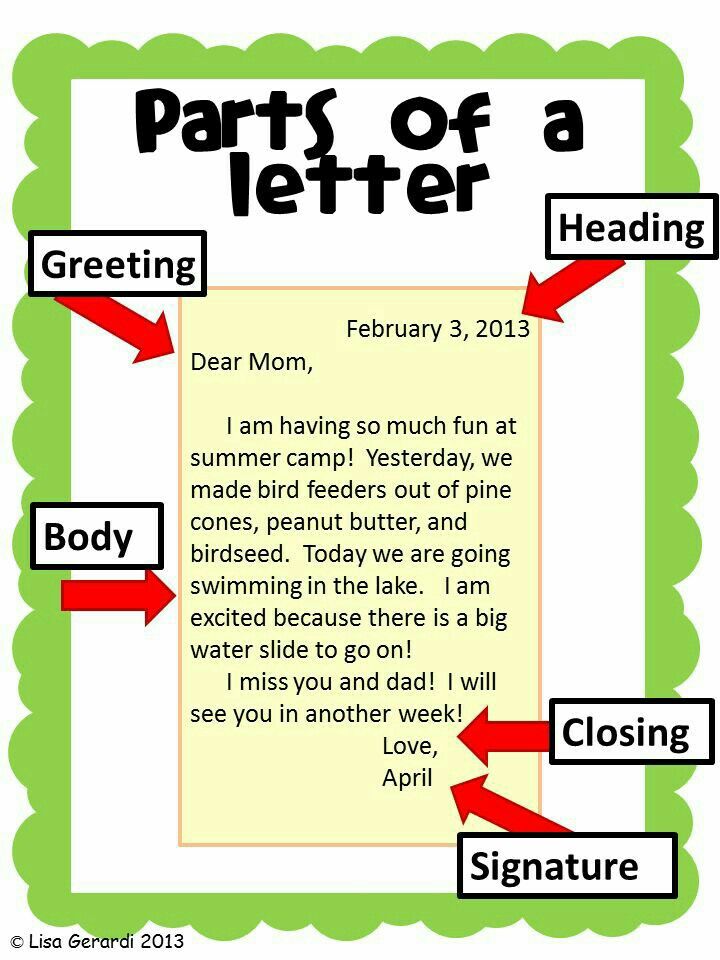 Closing line
Closing line Before you send your message, make sure it contains a small closing sentence that ensures a smooth transition from the main body of the letter to its ending. In this closing sentence, you can express, for example, your gratitude to the recipient for their time, assure that you are open for further communication. You can also put a call to action in it, or information that you expect a response. nine0005
2. Final phrase (conclusion)
Unless the sender has a very close relationship with the recipient, each business letter should contain a professional conclusion written in a formal business or informal style (the choice of style depends on the type of relationship of correspondents and the specific context communication). The most commonly used conclusions are ‘Regards’ and ‘All the best’ , but we have prepared for you a whole list of similar words and phrases (below), both in formal and informal style. nine0005 Customize email message templates
3.
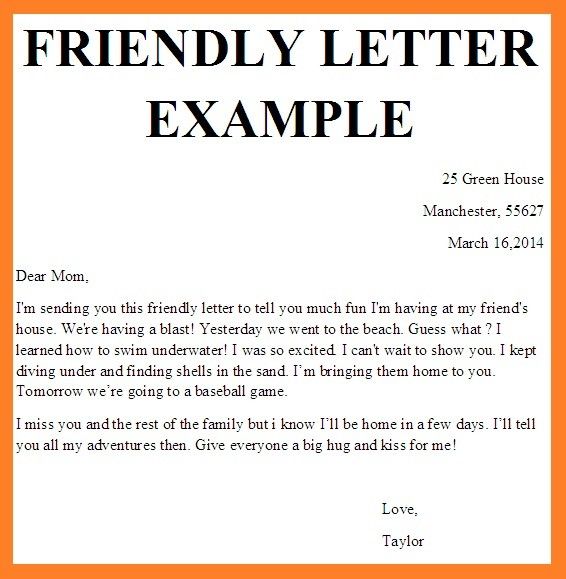 Enter your first name
Enter your first name If you are writing to someone for the first time, always include your full last name, first name and patronymic in the signature of your message. When communicating with colleagues or with people whom you already know and with whom you have corresponded many times, it is enough to indicate only the first and middle name (or just the first name). Note that signing with a pseudonym is not recommended unless your pseudonym is widely known and you would normally use it instead of your real name. nine0005
4. Job title and company name
Be sure to include your job title and company name in your signature so that the recipient knows exactly who you are and does not confuse you with someone else, especially if you are sending ' cold emails to potential clients. If you are submitting a resume for an open position, we recommend that you remove your current job information (email address and phone number) from your signature.
5. Contact information
Although the recipient of your message will know your email address anyway, it's always a good idea to include additional contact information in your message signature, such as your direct phone number, as sometimes people prefer to contact through other communication channels.
6. Additional Resources
Links can be placed in a signature. This could be a link to your website, your LinkedIn or other social media profile, a landing page you're promoting, your online portfolio, your online calendar, your latest blog post, and so on. nine0005
Letter Ending Examples and Templates
Professional Closures and Ending Phrases
When determining the type of conclusion you should use in your business email message, you need to consider who you are writing to and why. If you are not sure which conclusion is best, you should opt for a more formal and standard closing phrase. The most universal are final phrases such as ‘Respectfully’ , ‘Best wishes’ , ‘Best regards’ . They can be used in any situation and in any letter. In addition, the following are additional examples of phrases that are often used by professionals as e-mail closing phrases:
Official e-mail closing phrases:
Regards,
All the best,
All the best,
All the best,
My respects,
Best regards,
My best wishes,
Warm regards,
Sincerely yours,
Sincerely,
Looking forward to fruitful cooperation,
Unofficial e-mail closing phrases:
See you,
Until next time,
Let's be in touch,
Bye!
See you later!
Good luck!
Good luck! nine0194 Have a good weekend!
Have a great weekend!
Have a nice day!
Have a good day!
Have a nice [day of the week]!
Happy holidays!
Final thanks:
Thank you,
Thank you very much,
Many thanks,
Thank you,
Thank you,
Thanks again,
With gratitude,
I really appreciate your [help / input / feedback],
Thanks in advance,
Thanks in advance,
Thank you for your time,
Thanks for your help,
Thank you for your [patience / assistance / time],
LiveAgent combines 's excellent online chat, 's ticket management system and automation to enable us at to provide our customers with an unparalleled level of support.
Peter Komornik, CEO
E-mail Ending Examples
Depending on the context of your e-mail messages, you might want to put a short end line before your closing phrase. Place one of the following verified closing lines at the end of your message to end your letter on a positive note and let the recipient know that you expect them to respond or communicate further.
Looking forward to hearing from you. nine0194 Looking forward to your reply.
Look forward to connecting soon.
I look forward to seeing you next week.
Hope to hear from you soon.
I would appreciate your reply.
Hope your week's off to a good start.
Happy to help if you want to know more.
Please feel free to contact me anytime.
If you have any questions, please email or call me.
If there's anything I can do to help you, just drop me a line
If there's anything I can help you with, just let me know. nine0194 If I can be of any further assistance, please let me know.
I am at your disposal for any questions or concerns you may have.
You can reach me at [phone number] if there's anything you'd like to discuss.
If you require any further information, you can schedule a call with me using this link.
Do not hesitate to contact us again if there's anything we can help you with.
I look forward to doing business with you in the future.
I enjoyed working with you and looking forward to…
Thank you once more for your help in this matter.
Thank you for taking your time.
Thank you for taking this into consideration.
I'd love to hear your feedback.
I’d really appreciate your feedback on …
Please let me know what you think.
How to close a cold sale letter
Finding the right way to close a cold letter can be a daunting task, even for a sales professional. Here are a few examples of closing sentences you can use to end your cold sales emails that will help encourage your prospect to respond to you:
“If you’d like to learn more about how [Company] can help you [reach specific goals], feel free to book a time in my calendar here: [link]. I look forward to hearing back from you.”
I look forward to hearing back from you.”
“Are you available for a 10-minute call on [date and time]? Just let me know what works best for you, I'd be happy to work around your schedule.”
“Do you have 5-10 minutes to discuss how we can help [their company] achieve [specific goals]? If so, how does your calendar look this week?” nine0005
“It would be great to hear your thoughts and even explore how this [solution/ tool/ strategy] would fit with [their company]. Do you have 15 minutes this week?”
“If you’d like to hear about this in more detail, I would happily spend 30 mins telling you everything you need to know. Just let me know if you have any questions or would like to have a more in-depth conversation.”
Design your own templates
LiveAgent gives you the power to design your own customer email templates, thus helping you to improve the customer service. Curious about all the opportunities? nine0005
Try LiveAgent Schedule a demo
How to complete a sales follow-up email
Follow-up messages are a must in any cold email sales strategy.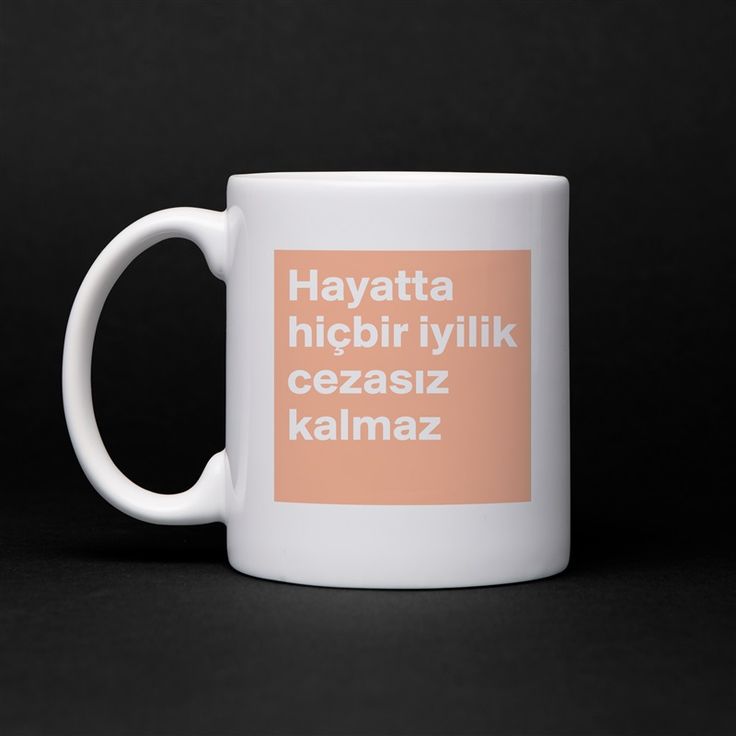 Here are a few examples of how you can professionally complete such a follow-up sales letter to motivate your prospect to respond, even if previous attempts to do so have failed:
Here are a few examples of how you can professionally complete such a follow-up sales letter to motivate your prospect to respond, even if previous attempts to do so have failed:
“If you are the appropriate person to speak with, what does your calendar look like? If not, who do you recommend I talk to?” nine0005
“Are you the right person to speak to regarding this? If not, could you help me find the relevant decision maker? I look forward to your response.”
“I would really like to have 20 minutes of your time as I feel we can really add value to your [area of operations]. Can we book a call or a meeting?”
“Have you given any additional thought to my proposal? I’d be happy to do a quick review of it on the phone and answer any and all questions you may have. What time would suit you for a quick conversation?” nine0005
“Please let me know when you have had a chance to take a look at this info and would like me to give you a call to discuss. I'd be happy to answer any questions you have.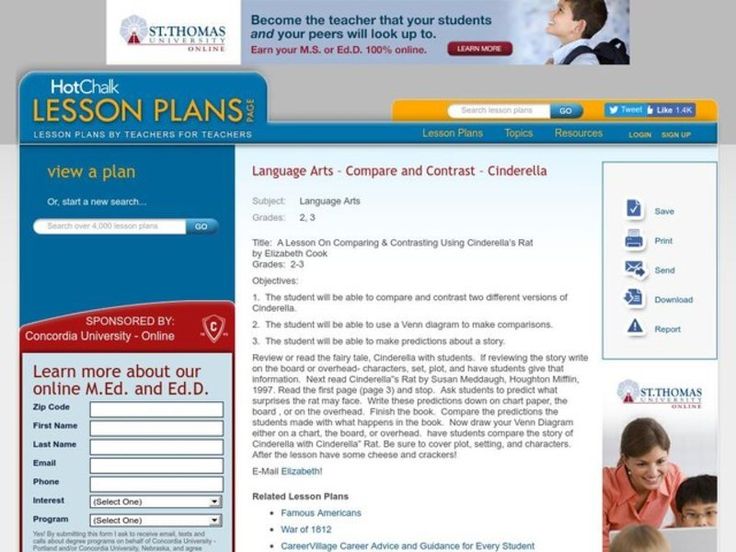 ”
”
How to Complete a After Sales / Customer Welcome Letter
After sales emails and customer welcome letters are one of the most important types of emails in marketing campaigns and are designed to build long lasting relationships with customers. Here's what closing sentences might look like in these types of letters:
“Thanks again for shopping with [Brand]. If you have any questions or need help – let us know! We'll do everything we can to make sure you love your experience with us.”
“If we ever fail to live up to your expectations with the quality of our products, delivery times, or anything else – you can always reach out to our customer support team at [email] or [number].”
“If you’re interested in learning more about your product, feel free to contact me or anyone else on our support team at any time. We're always here to help you in any way we can." nine0005
“I’d love to hear what you think of [product] and if there is anything we can improve. If you have any questions, please reply to this email. I'm always happy to help!"
If you have any questions, please reply to this email. I'm always happy to help!"
“Thanks again for signing up for [product/service]. We're always around and love hearing from you. If you ever need help, have ideas, or just want to say hello, please get in touch, and we’ll get back to you within a few hours.”
How to complete a customer service letter
When closing your customer support letters, you should always encourage your customers to contact you if they have any questions, concerns or concerns and reassure them that you always ready to help them. Here are some useful examples of how you can cleverly wrap up your customer support message. nine0005
“I will get in touch with our product team and will get back to you within thirty minutes with a complete answer. In the meantime, let me know if you have any more questions, comments, or concerns.”
“We love to help our customers get the best out of our products. If there's anything else we can assist you with, don't hesitate to reach out. ”
”
“Please, let us know if you still cannot [ … ] so we can help you solve this issue and make sure you enjoy your [tool/ app] as soon as possible. Thanks again for contacting us, we're always happy to help.” nine0005
“We’re always here to answer any questions or concerns you may have. Please feel free to contact our support team at [phone number], or reply to this message and we’d be more than happy to help.”
“We would be grateful if you would leave a review on our Facebook page as your insights could help others that are in your shoes. Thanks again for letting us know and feel free to contact us in case you have any questions.”
How to complete a letter of apology
When it comes to writing apology emails and dealing with dissatisfied customers, end the email with your apology again and reassure the customer that you appreciate their patience and understanding:
“Once more, I sincerely apologize for the inconvenience . Please contact our customer support team for any further concerns you might have – our agents are always here to help.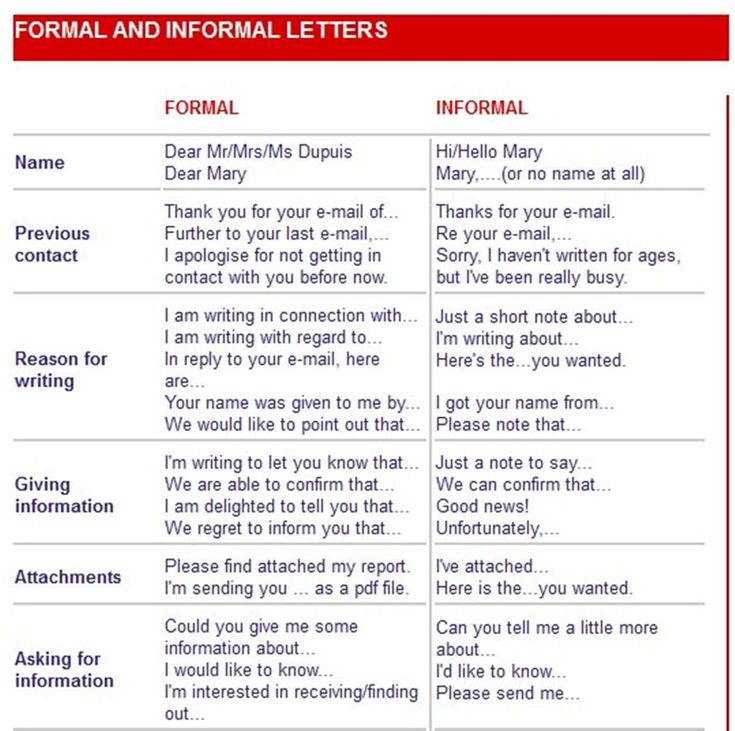 ”
”
“I have relayed your feedback to the rest of the team and can assure you that this mistake won't happen in the future. That said, if there's anything else I can help you with at the moment, please feel free to reach out and I would be more than happy to help.” nine0005
“Thank you again for your patience and for bringing the issue to our attention. In the meantime, we're going to give you [details of your offer] as an additional apology. If there are any other issues that need to be addressed, please don’t hesitate to contact us.”
“Thank you for your patience and understanding. Rest assured, we are doing everything in our power to not let this happen again. If you have any more questions or come across any other issue, let me know, I'll be happy to help.” nine0005
“Once again, accept our apologies. We sincerely appreciate your understanding in this matter. Please feel free to reach out to me with any questions you may have – I’m just an email away!”
Conclusion
The end of the letter is usually just a closing comment or a short closing sentence followed by your signature. At the same time, sometimes it takes a lot of effort and time to find the right words and intonation to complete the letter in the right way. And how you end your letter can actually play a major role in whether the recipient responds to you or not. The ability to properly complete professional business letters is the key to effective business communication, as it allows you to leave a positive impression on your readers and increase the likelihood of a response to your letters. And if you're not sure how to end your business email, the examples above can be very helpful. nine0005
At the same time, sometimes it takes a lot of effort and time to find the right words and intonation to complete the letter in the right way. And how you end your letter can actually play a major role in whether the recipient responds to you or not. The ability to properly complete professional business letters is the key to effective business communication, as it allows you to leave a positive impression on your readers and increase the likelihood of a response to your letters. And if you're not sure how to end your business email, the examples above can be very helpful. nine0005
Frequently asked questions about email endings
Why is email ending important?
Since the end of your letter is what your recipient will read last, it can be a great motivation for him to respond to the letter promptly, or decide whether he will respond to your letter at all. By ending your letter appropriately, politely, and professionally, you increase your chances of getting a positive response. nine0005
nine0005
What closing phrases are considered inappropriate in business correspondence?
Even if you have established an informal relationship with the recipient, you should still avoid being unprofessional when using closing phrases in any business communication with him. Such 'unprofessionalism' includes such conclusions as 'God bless you' (or any other phrases related to religion), 'Reved!' (or any other slang expressions), 'SPS' (or any other abbreviations), 'Dosvidos' (or any other informal closing expressions), 'Yours forever' / 'With love' (or any other phrases expressing affection ).
How should the end of e-mail messages be formatted?
Just as it's important to choose the right words to finish your business letter professionally, it's equally important to format it properly to leave a positive impression on the reader. Don't forget to put a comma after your closing phrase, then add a space and enter your full name, then your job title, company name, and at the very end, whatever contact details you want to include.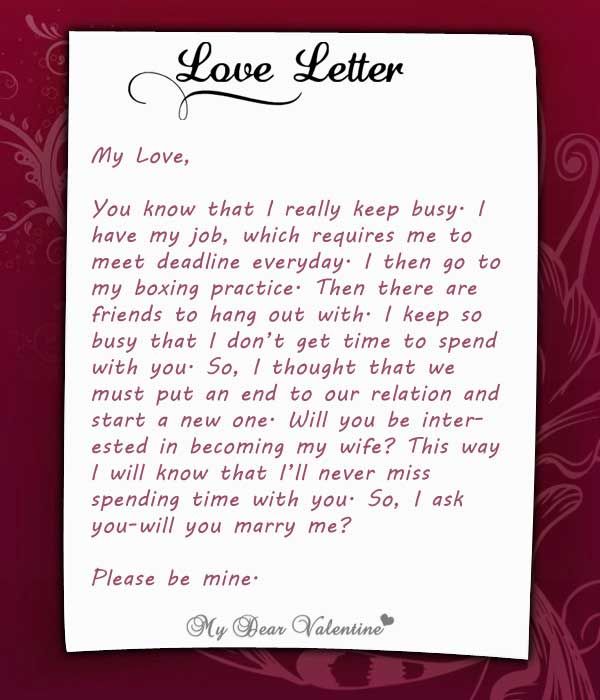 nine0005
nine0005
Try LiveAgent now
We offer you assistance in transferring your data to us from the most popular third party Help Desk systems.
Over 3000 reviews
{ “@context”: “https://schema.org”, "@type": "FAQPage", "mainEntity": [{ "@type": "Question", “name”: “Why is the end of email messages so important?”, "accepted Answer": { "@type": "Answer", “text”: “Because the ending of your email is what your recipient will read last, it can be a great motivation for him to respond quickly, or decide whether he will respond to your email at all. By ending your letter appropriately, politely, and professionally, you increase your chances of getting a positive response.” } }, { "@type": "Question", “name”: “What closing phrases are considered inappropriate in business correspondence?”, "accepted Answer": { "@type": "Answer", “text”: “Even if you have established an informal relationship with the recipient, you should still avoid being unprofessional when using closing phrases in any business communication with him.

